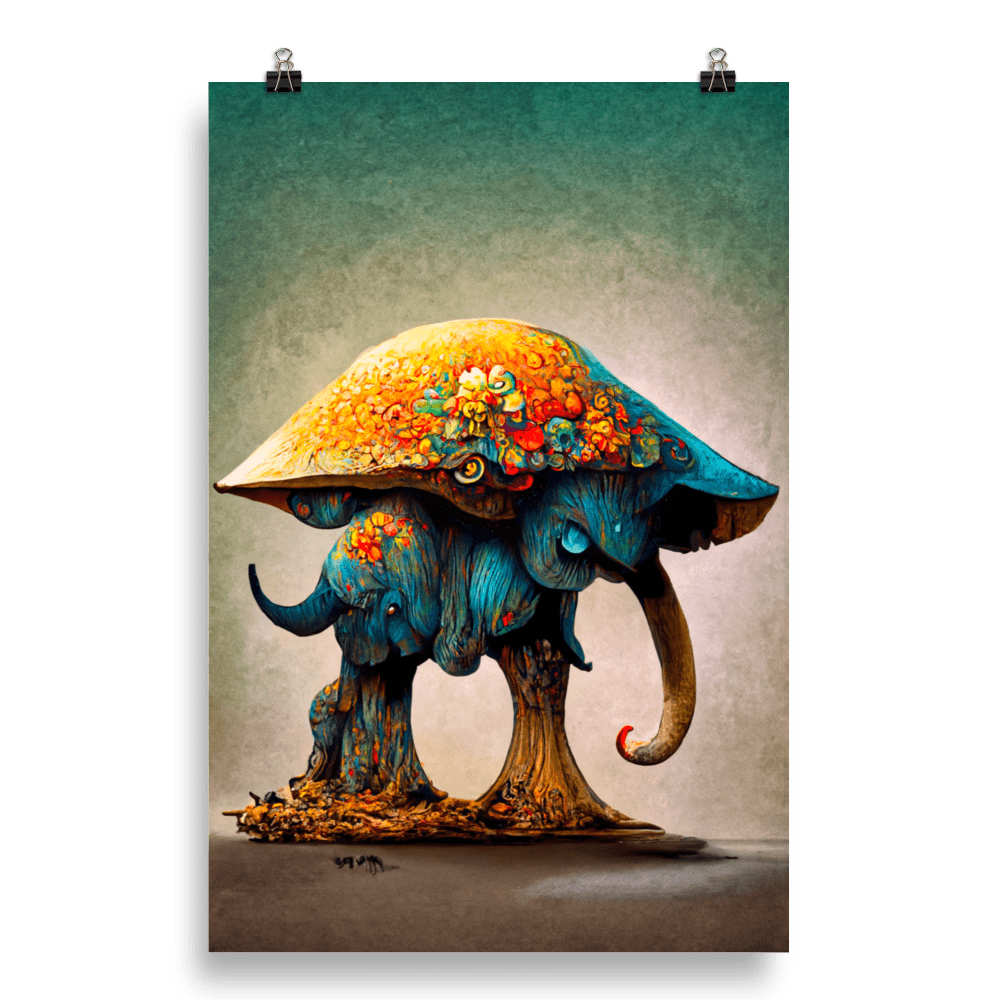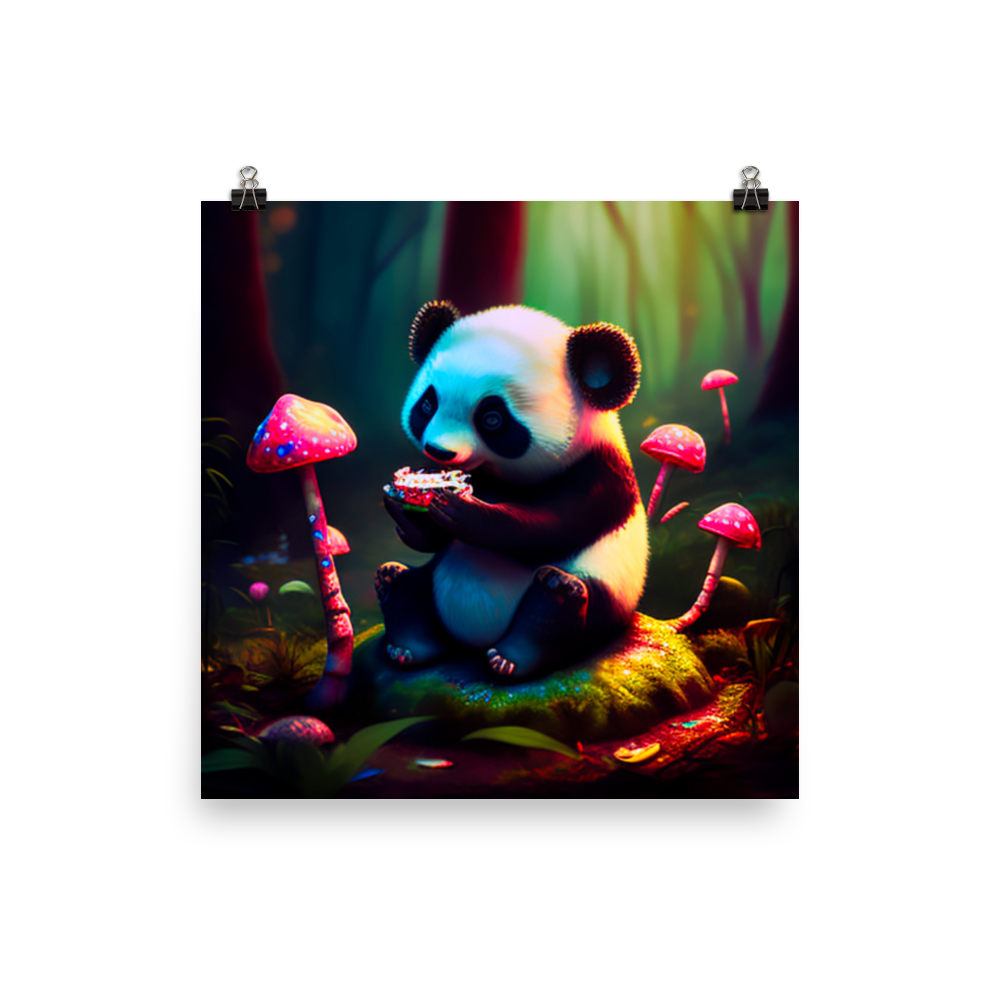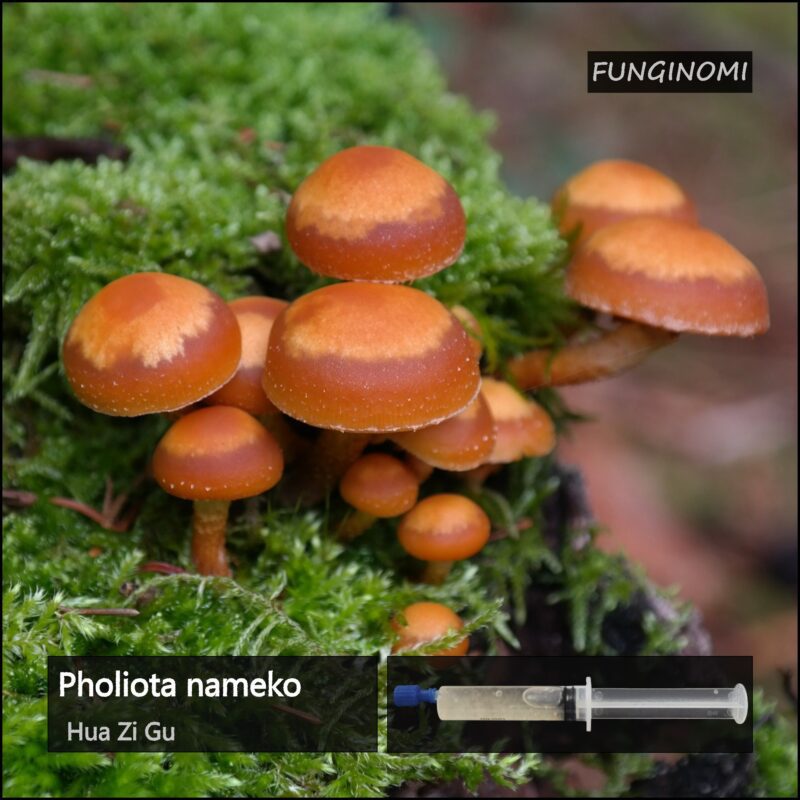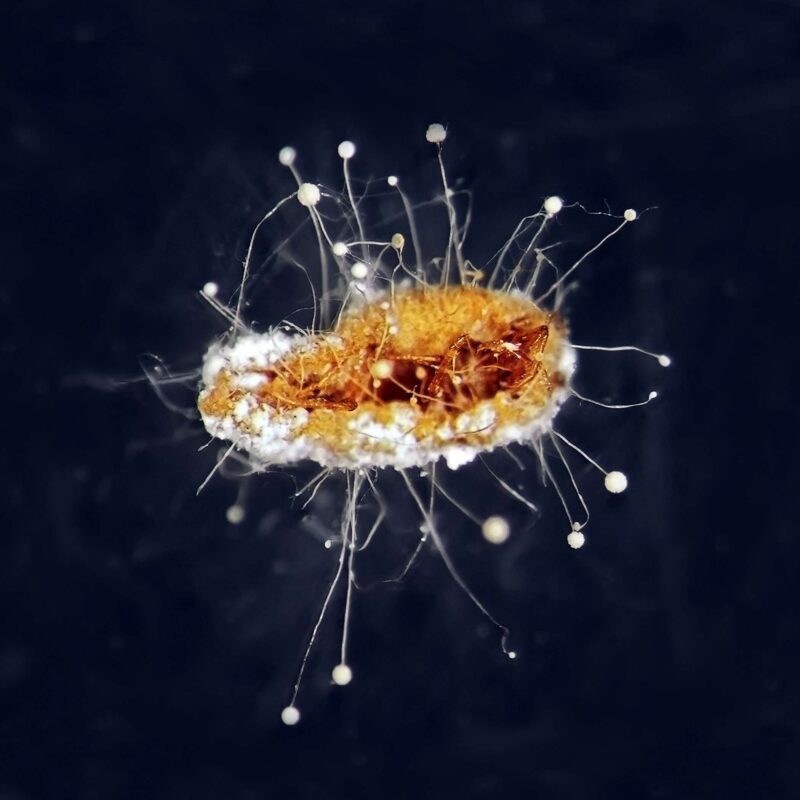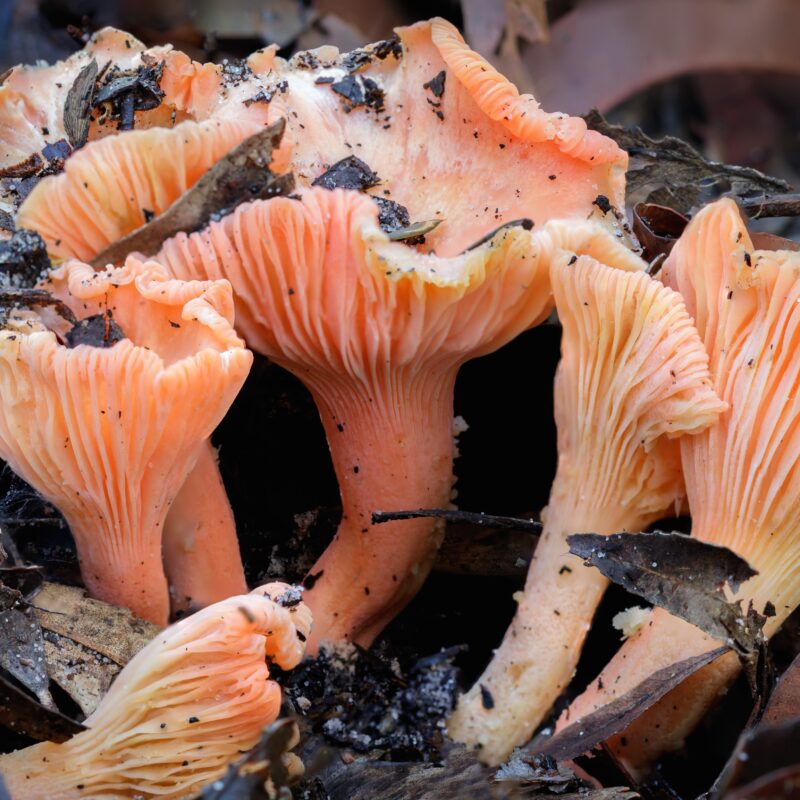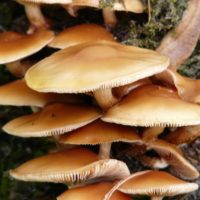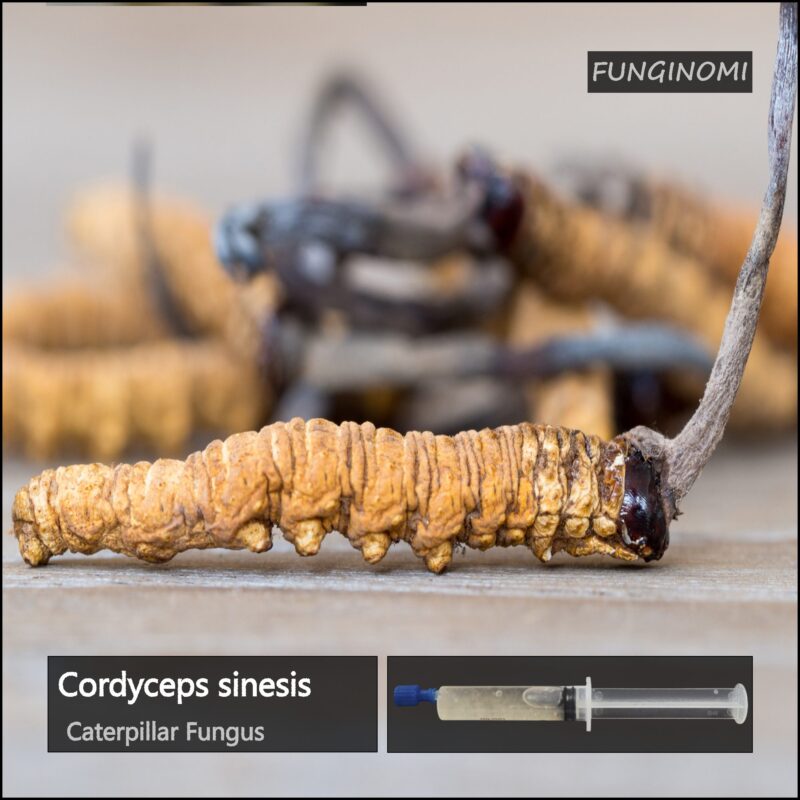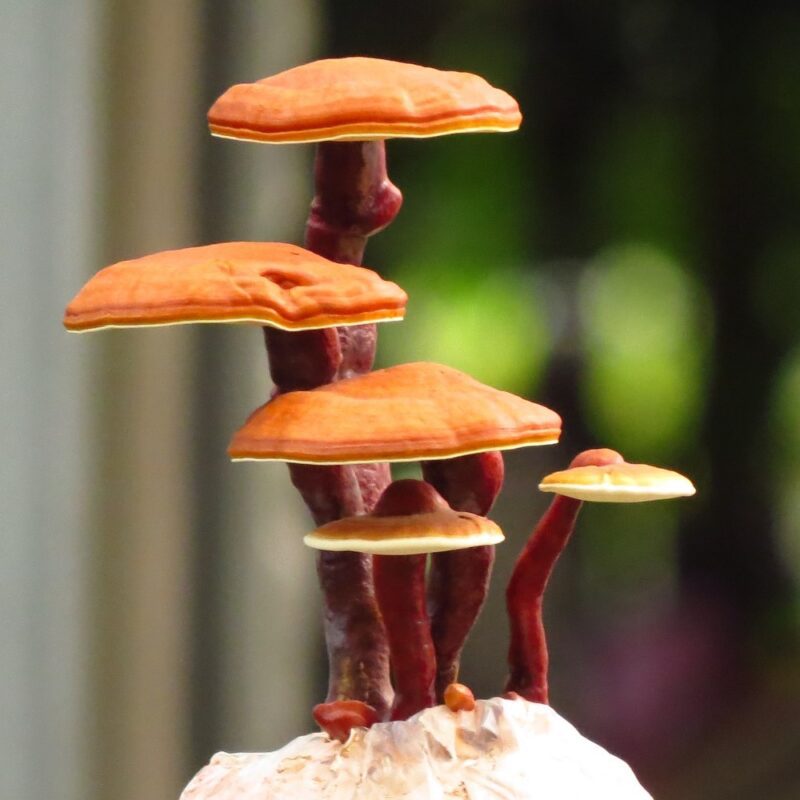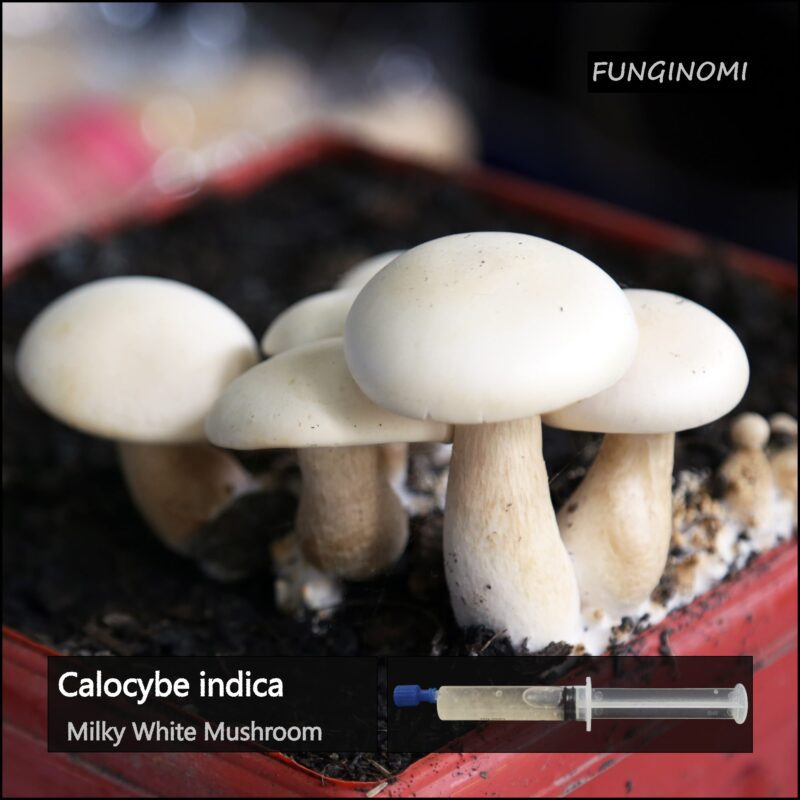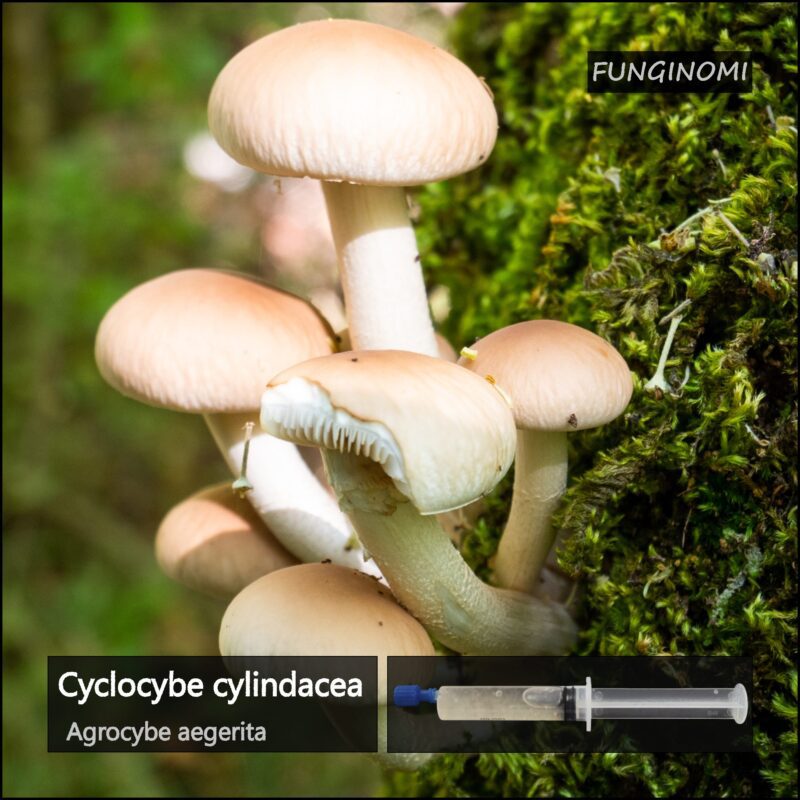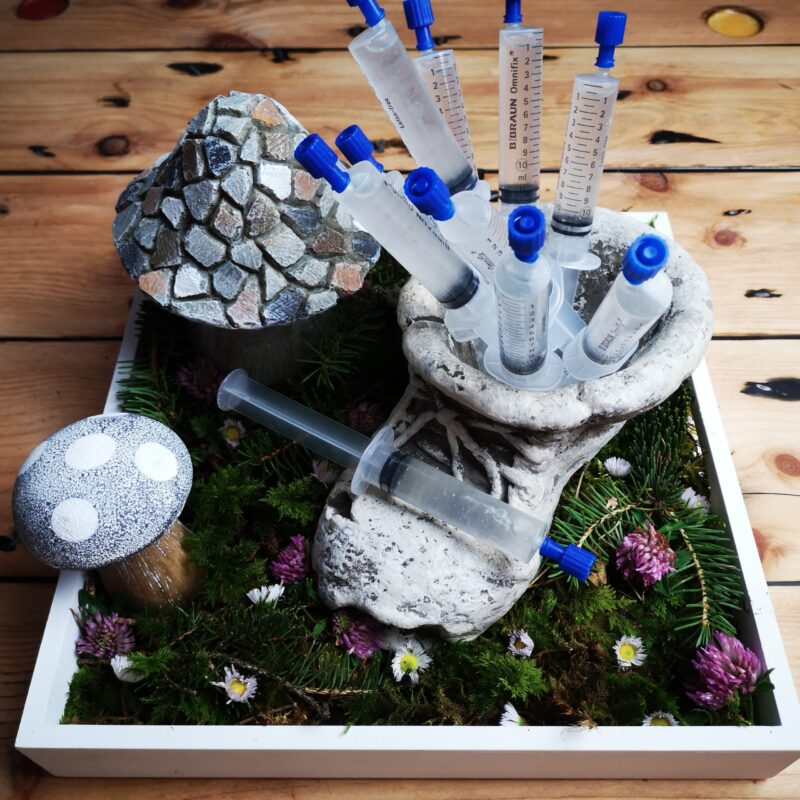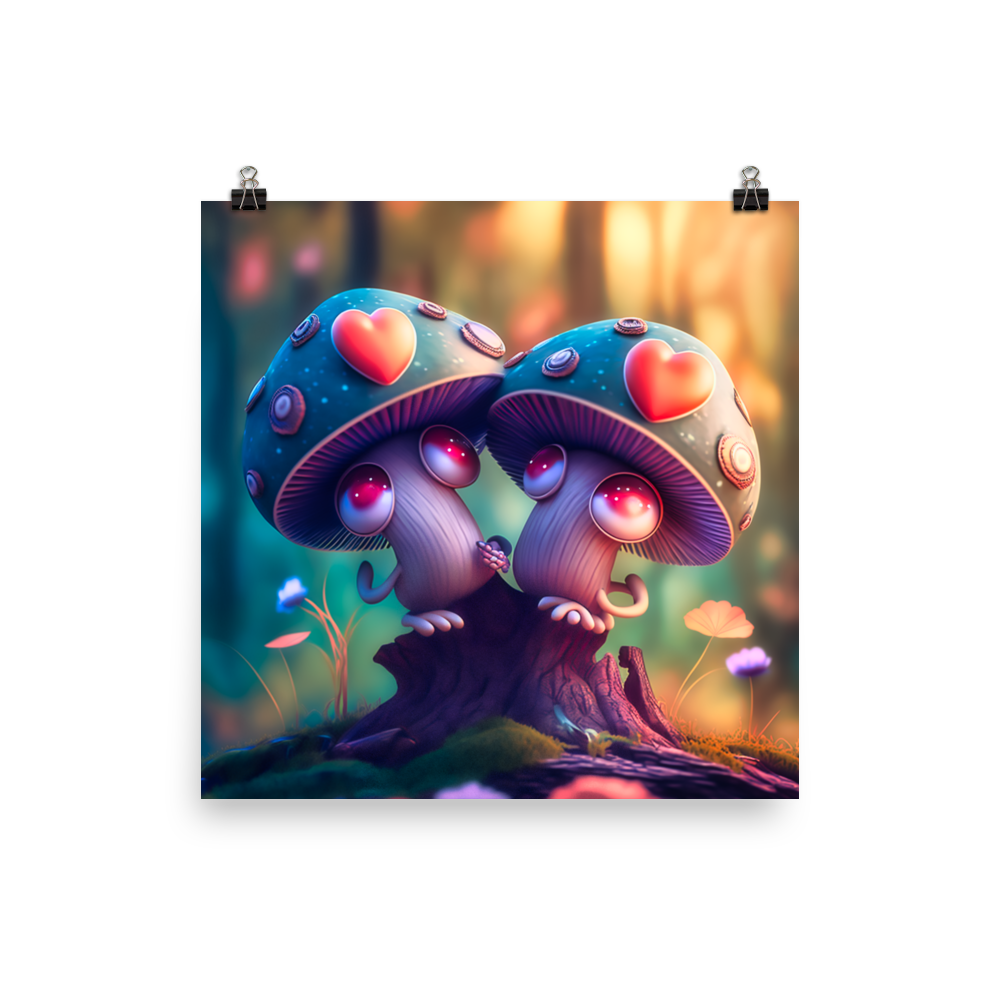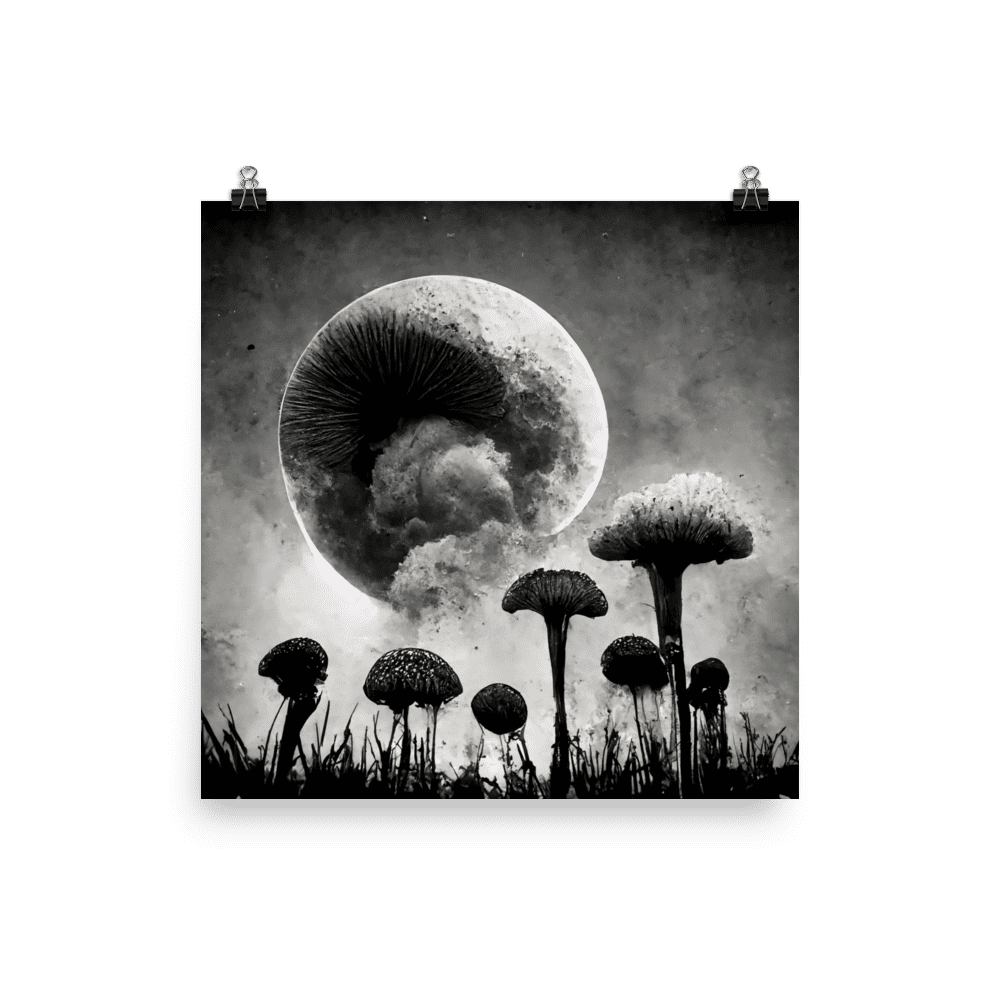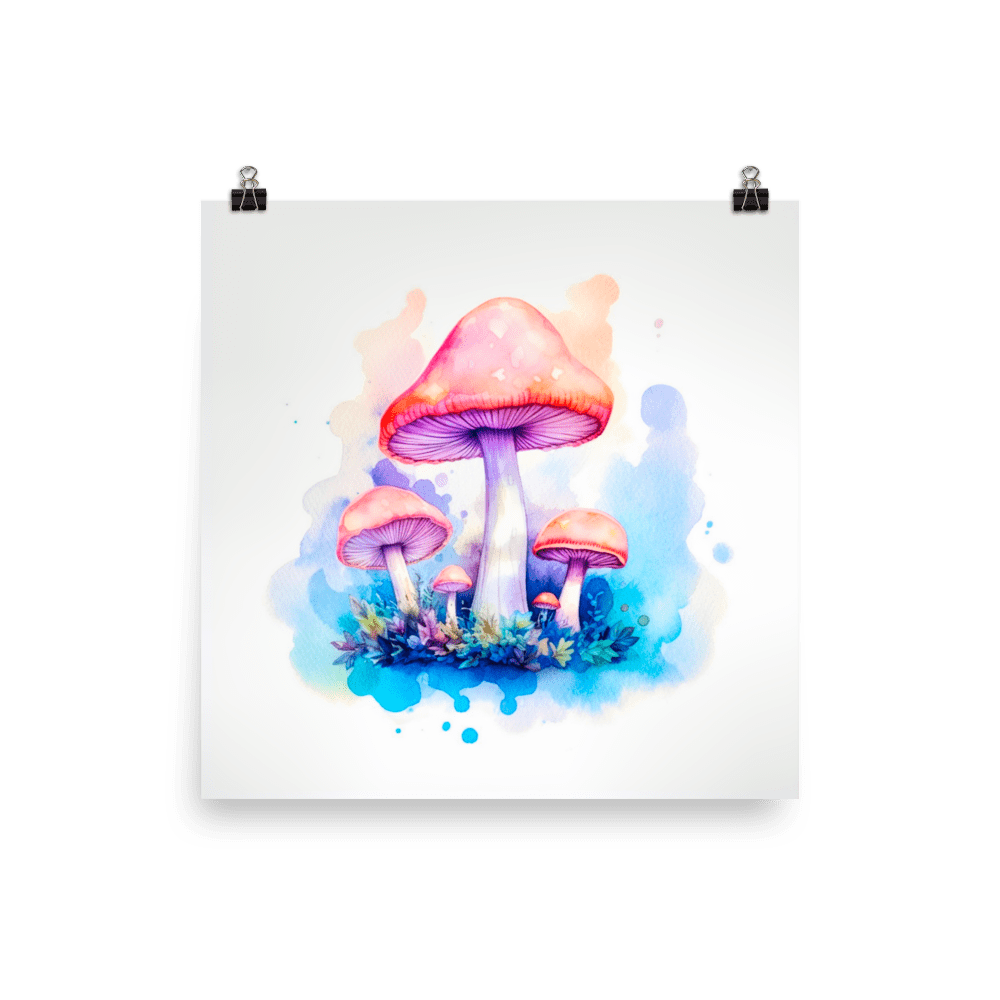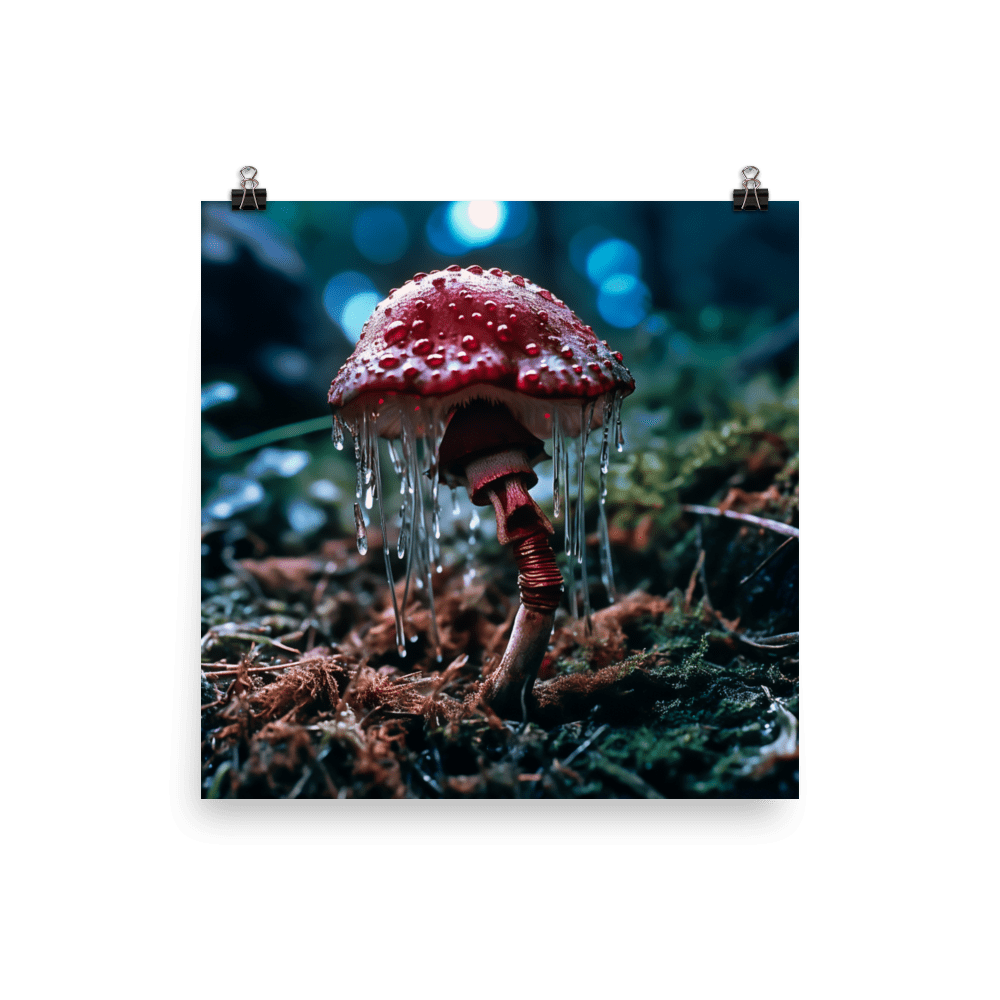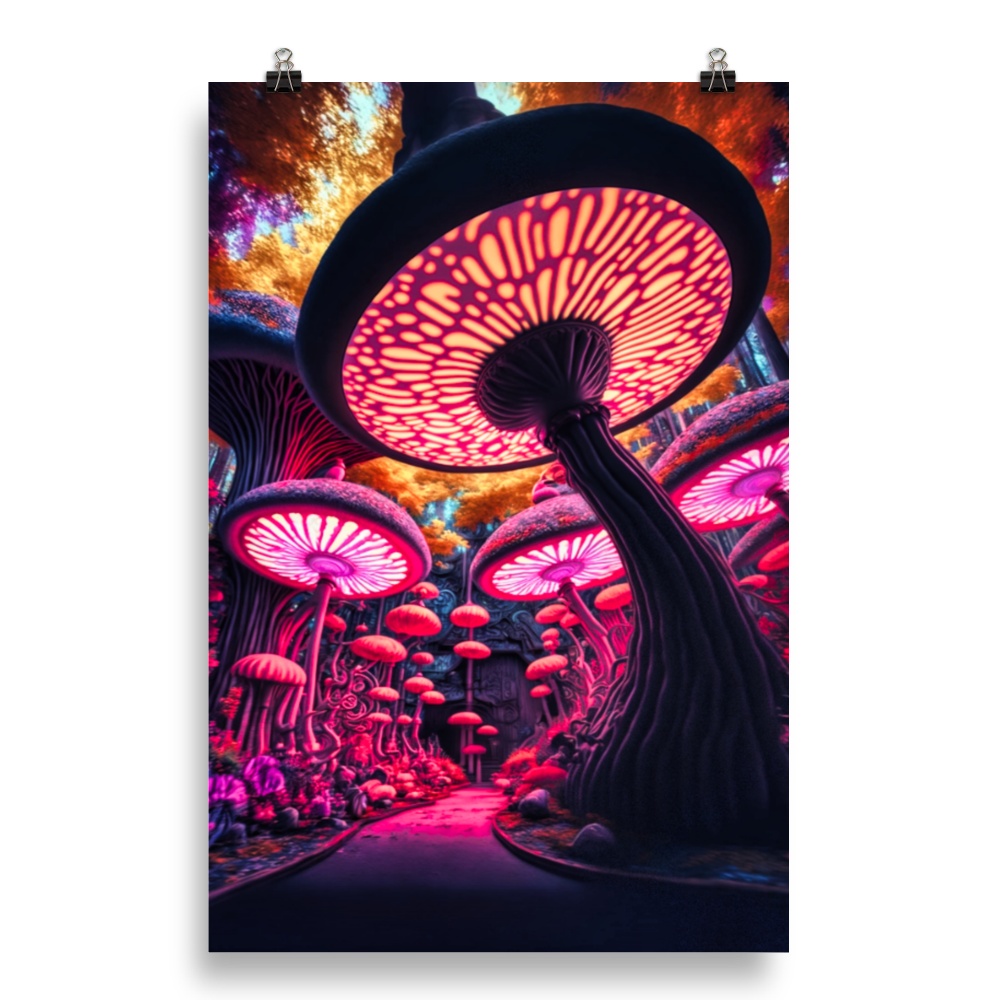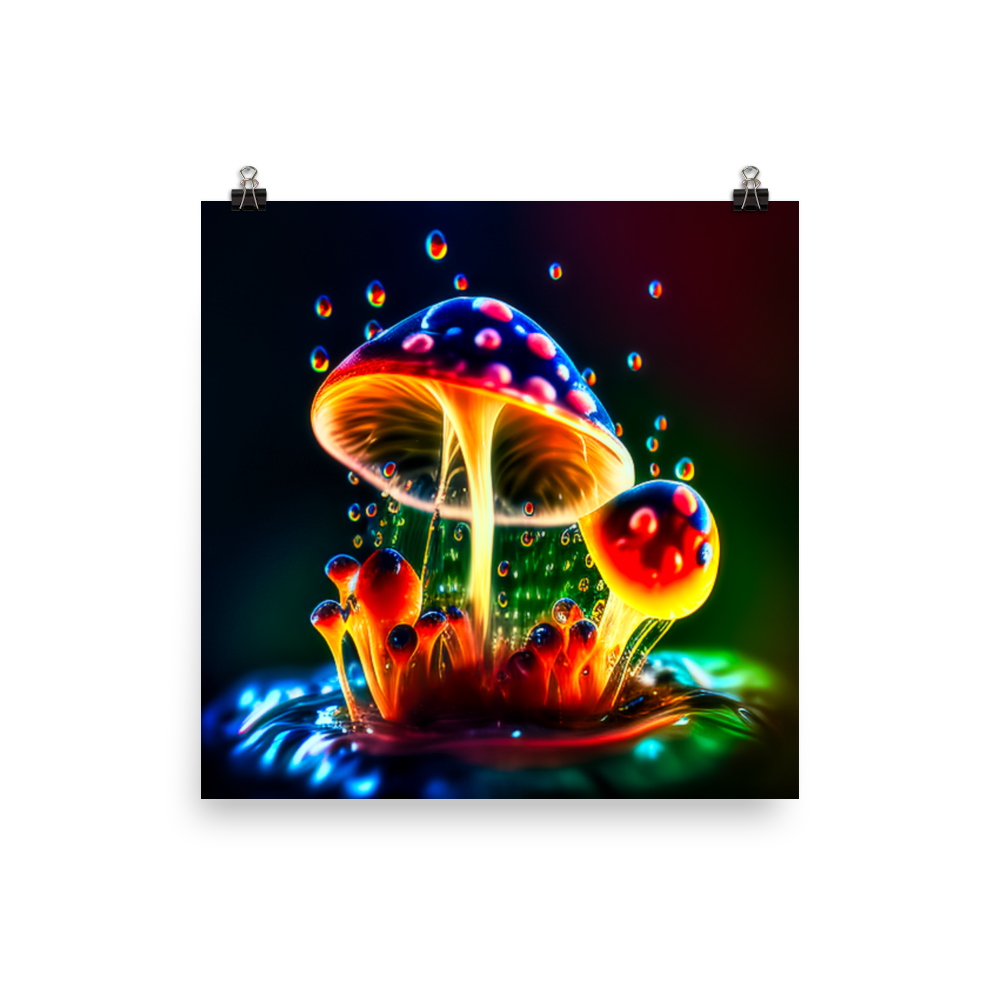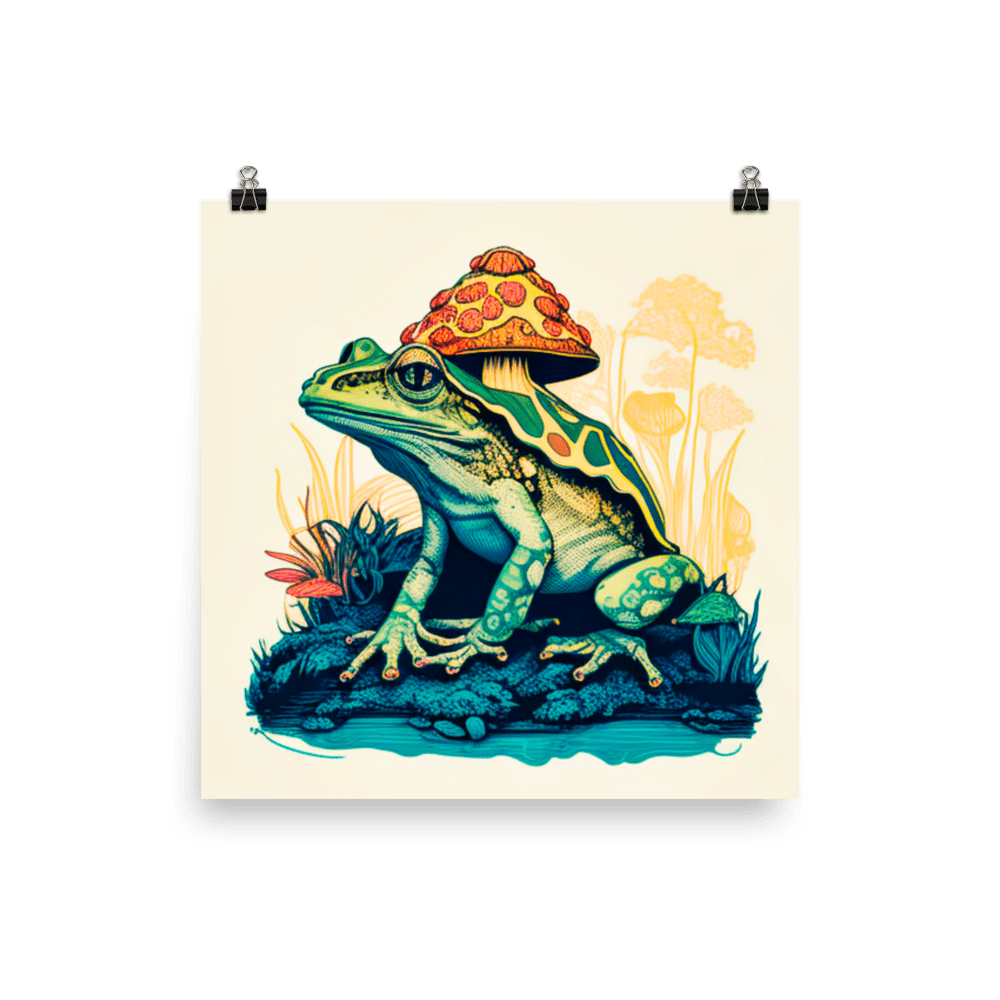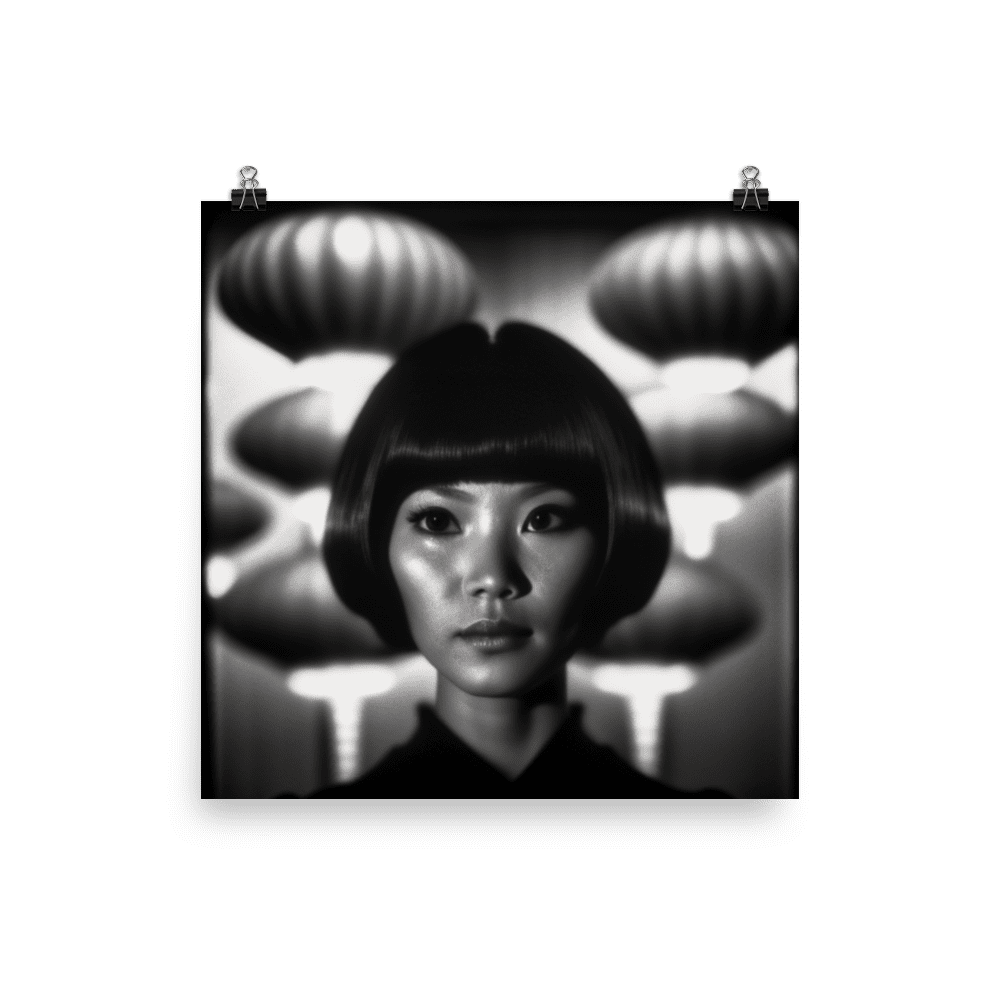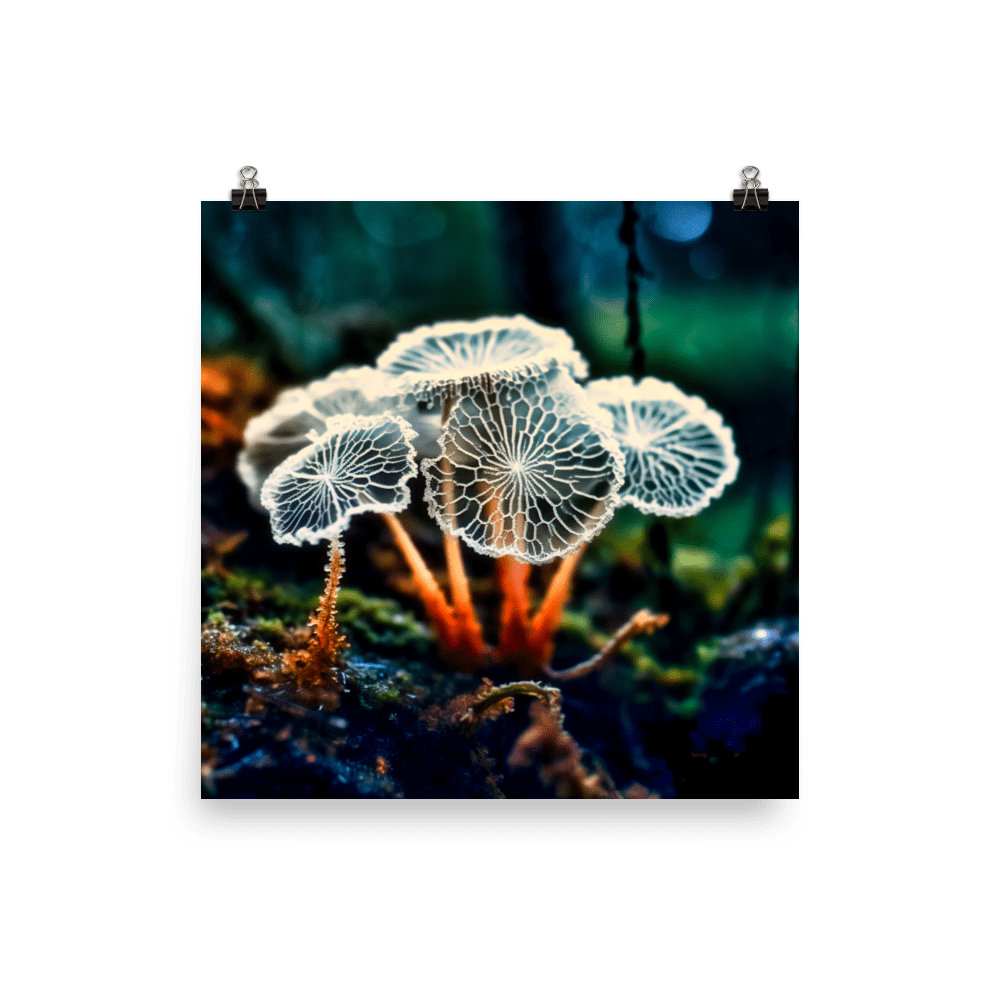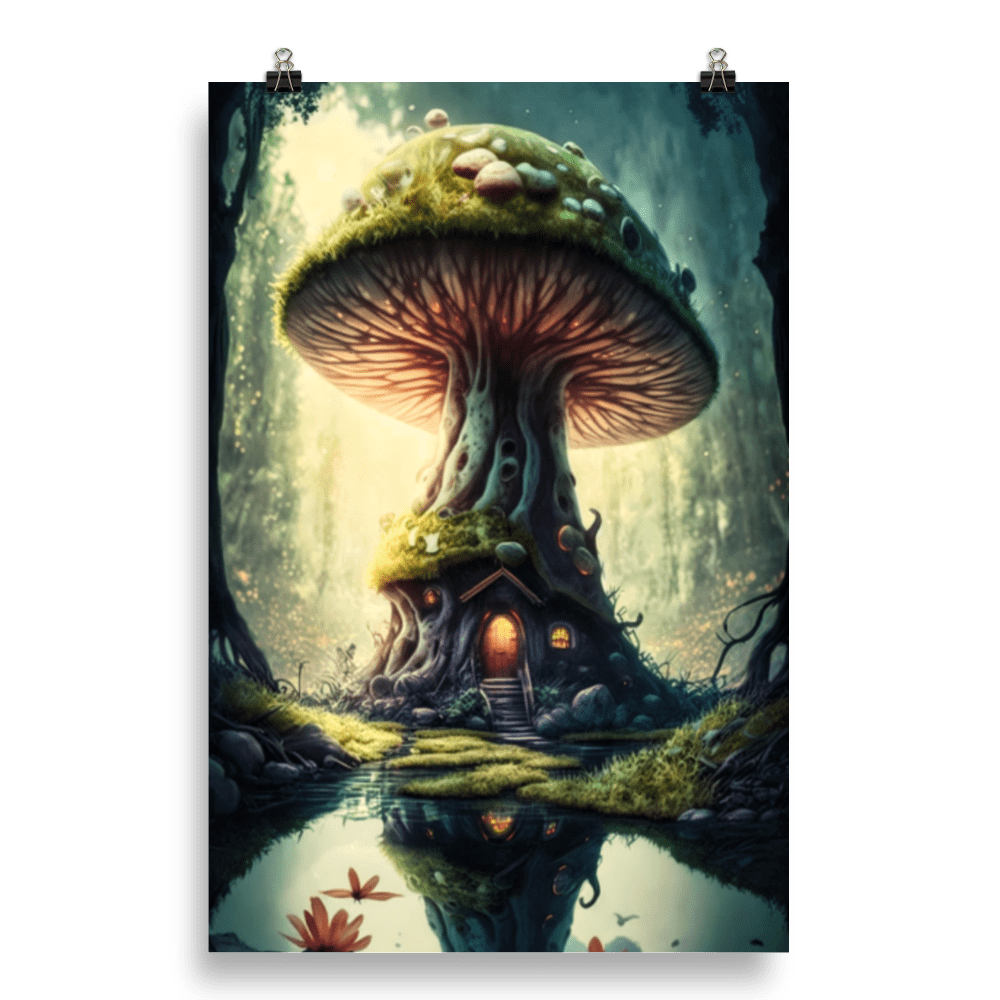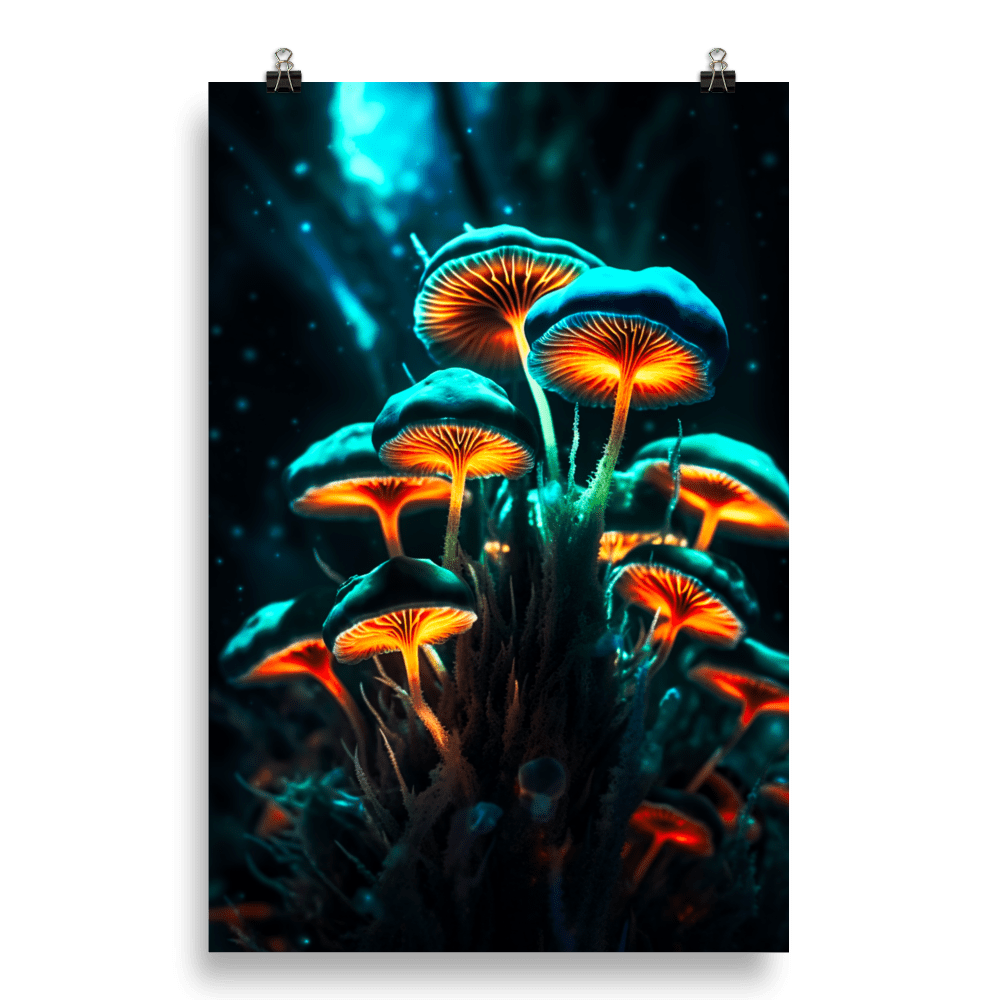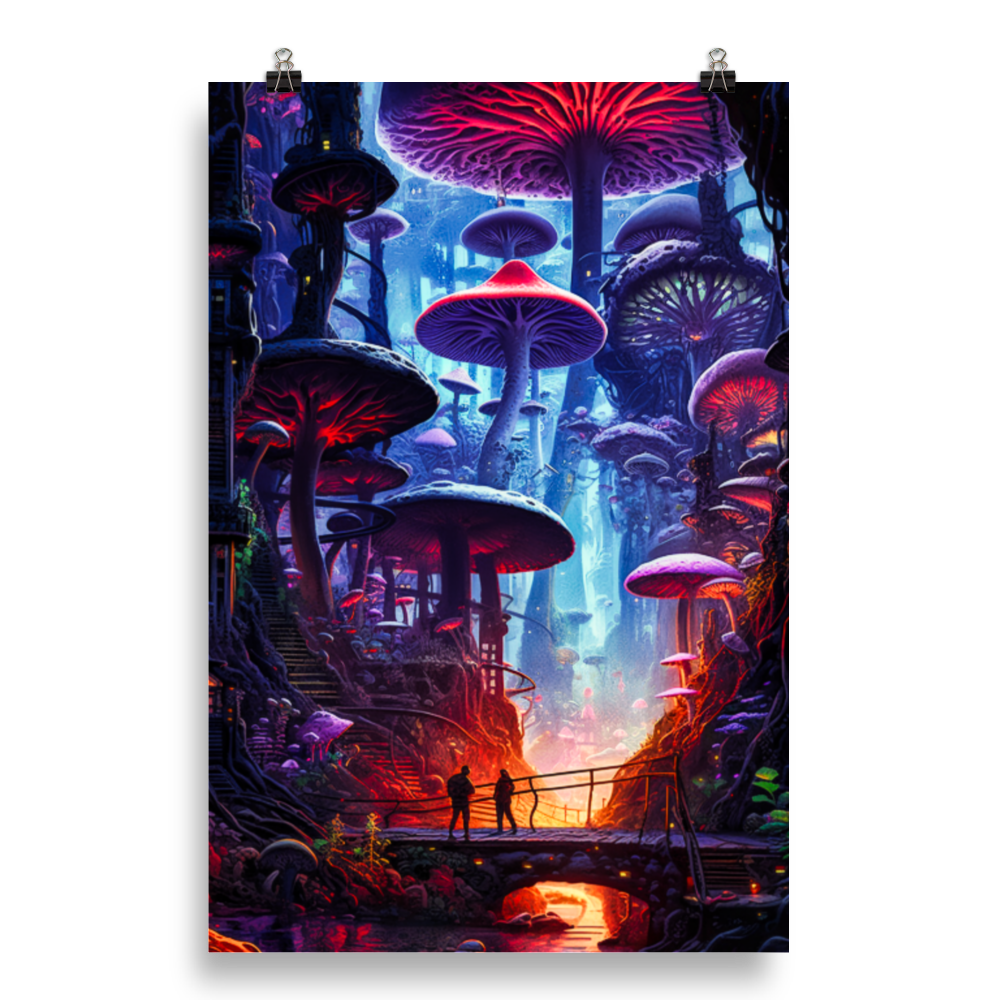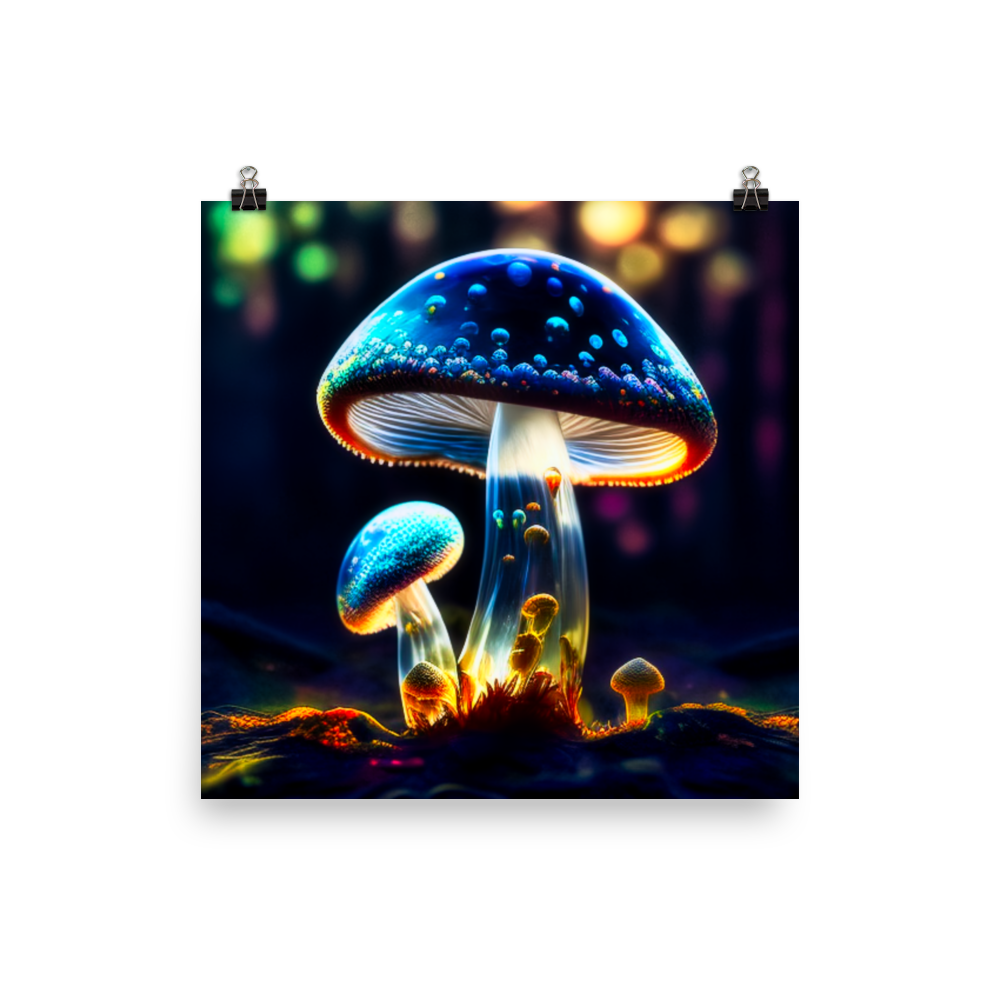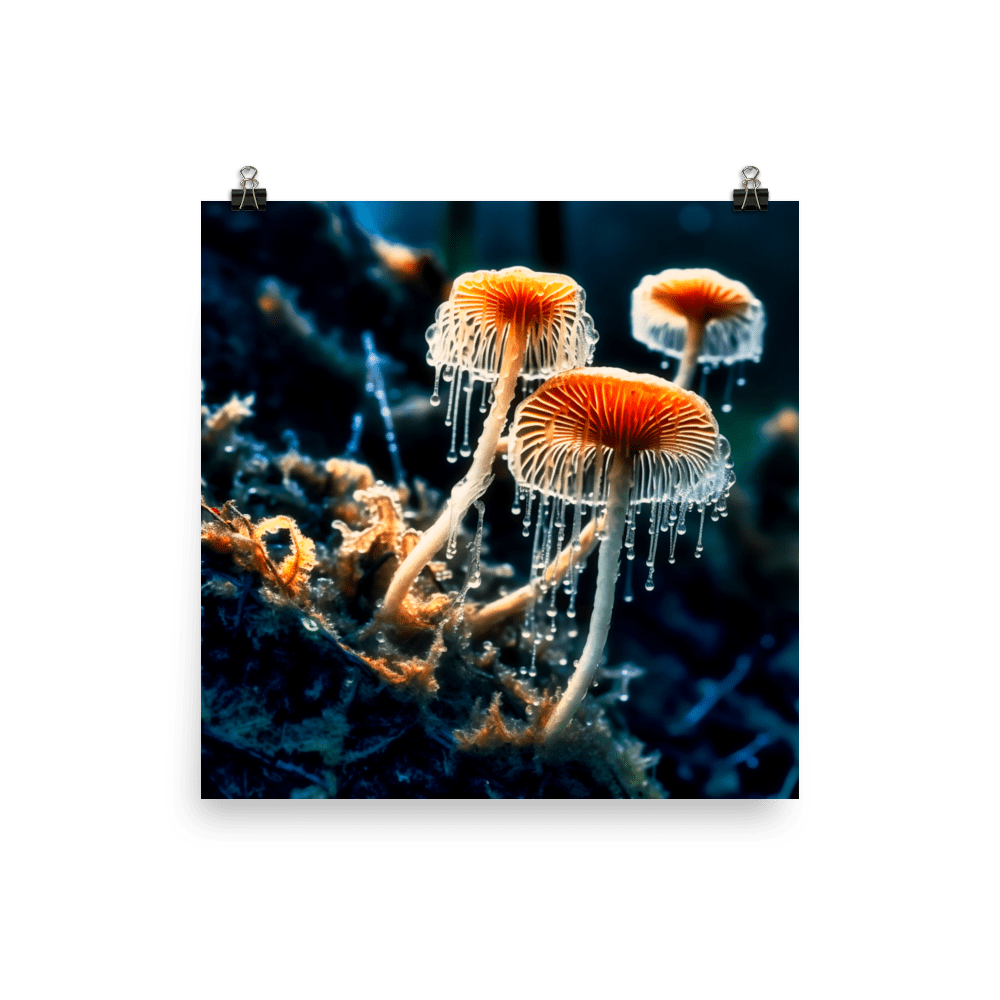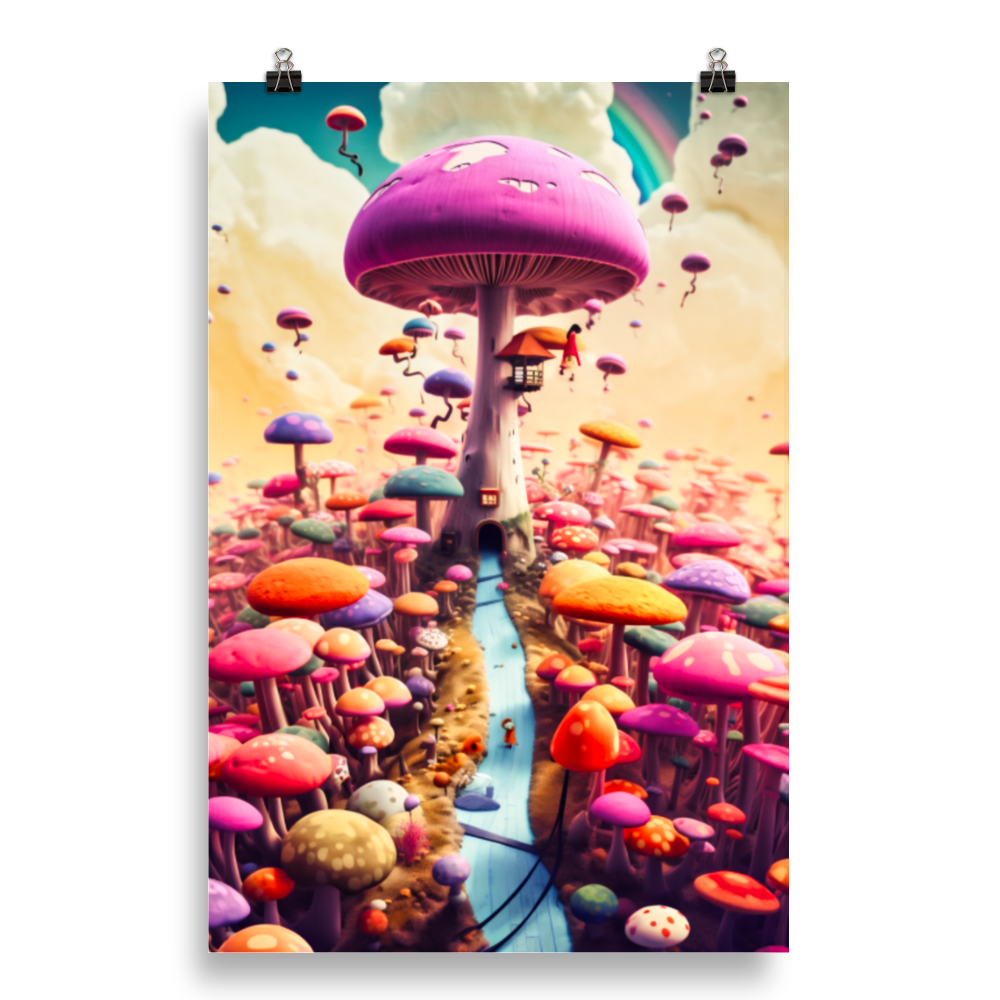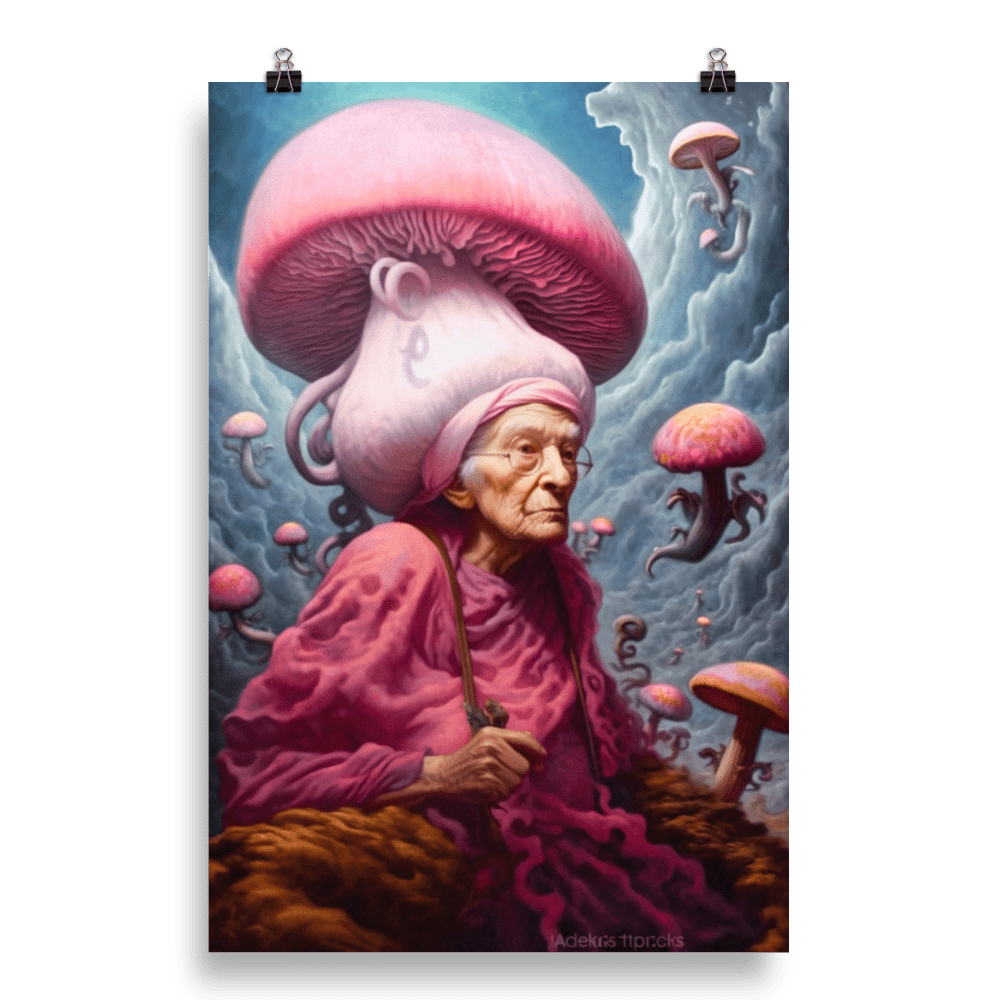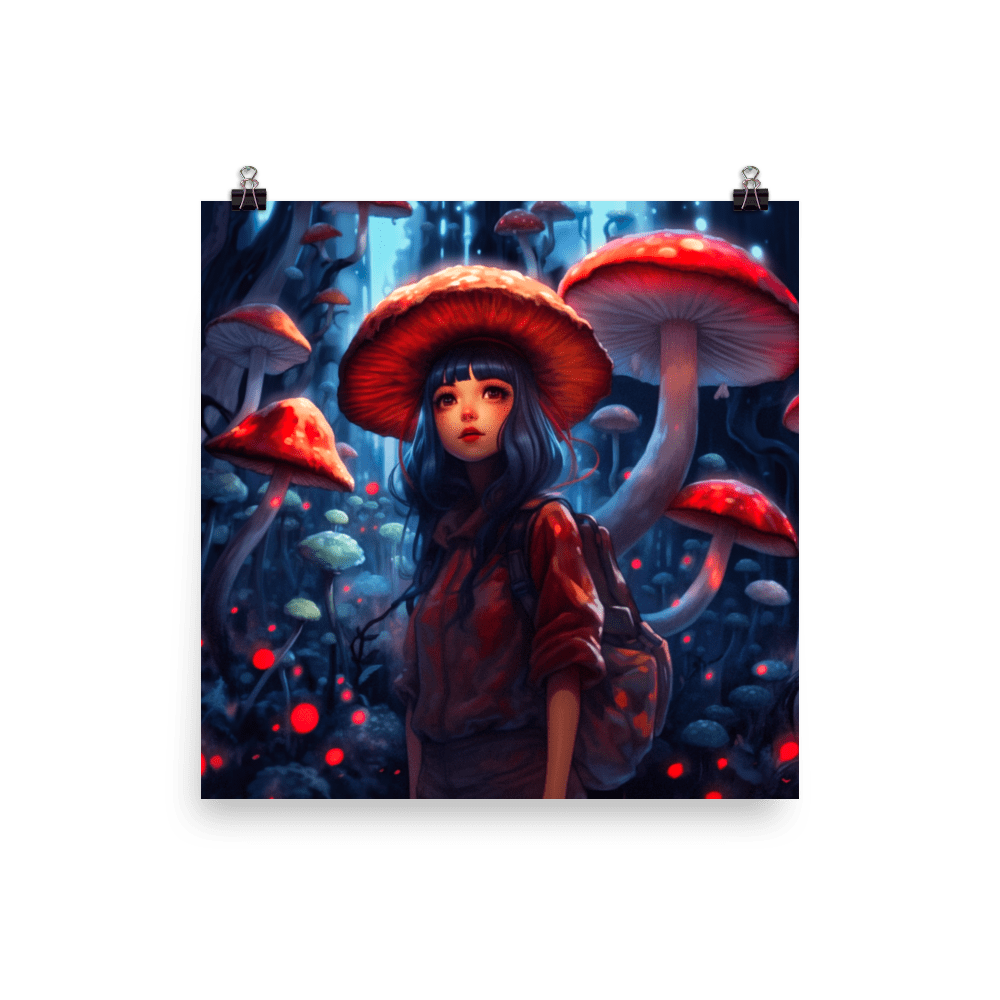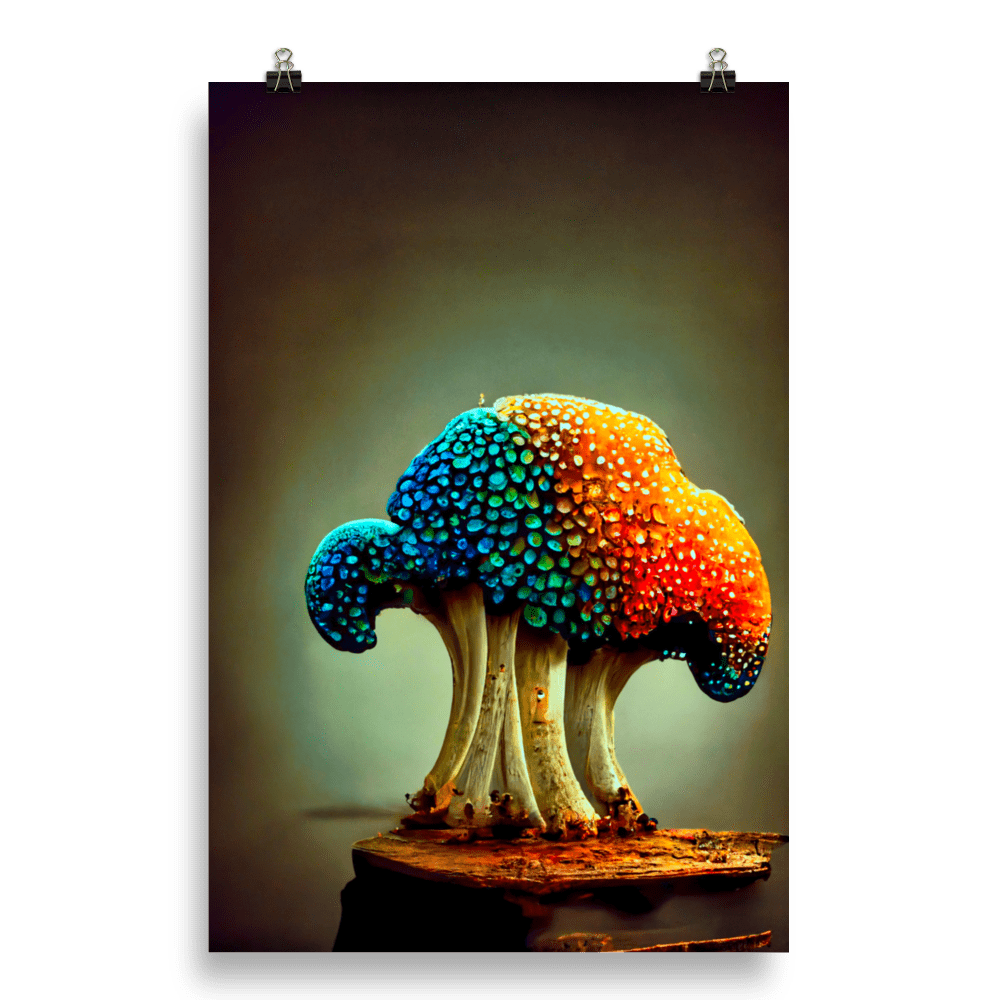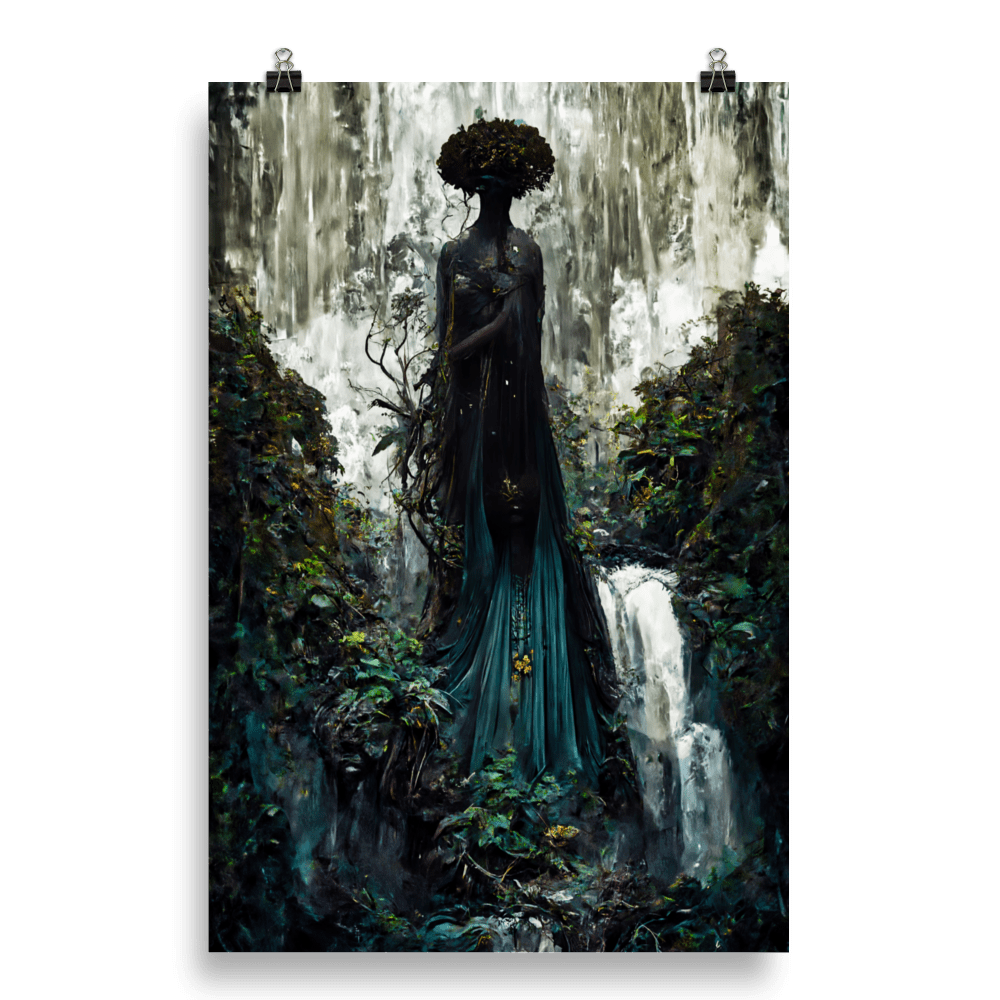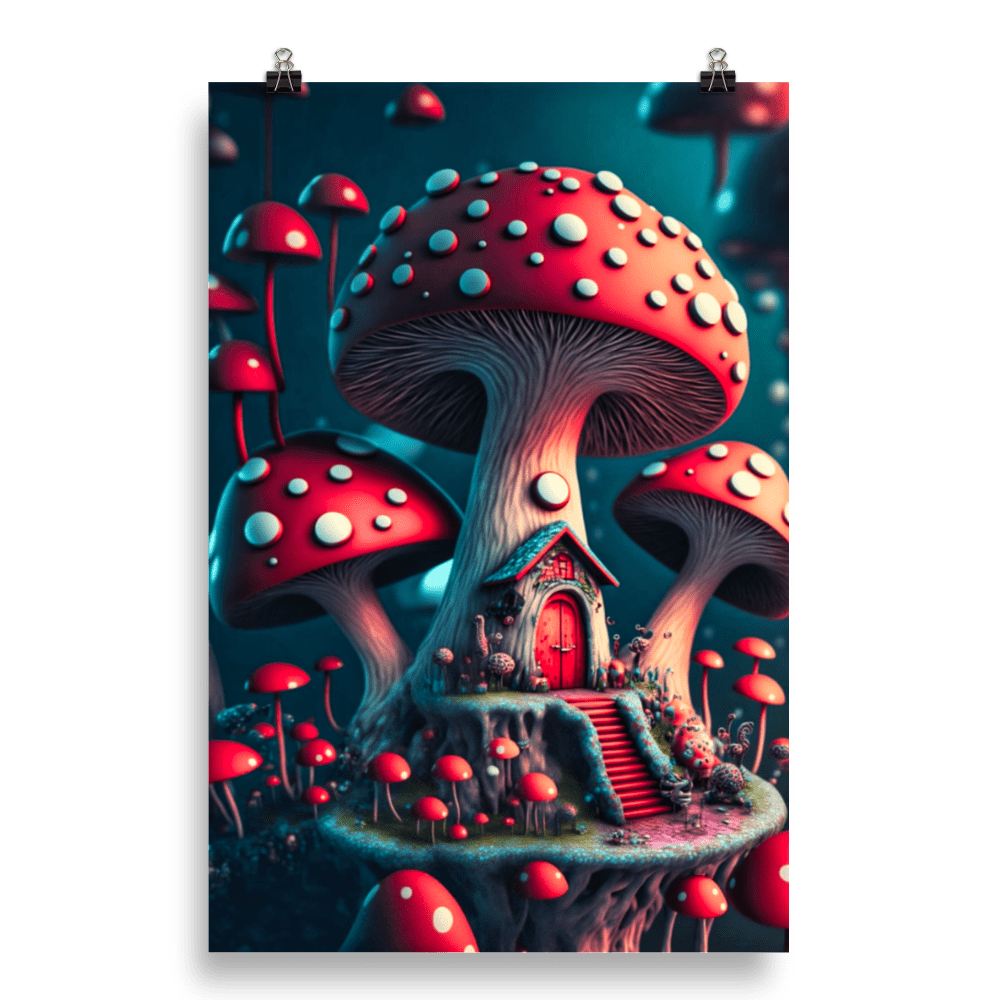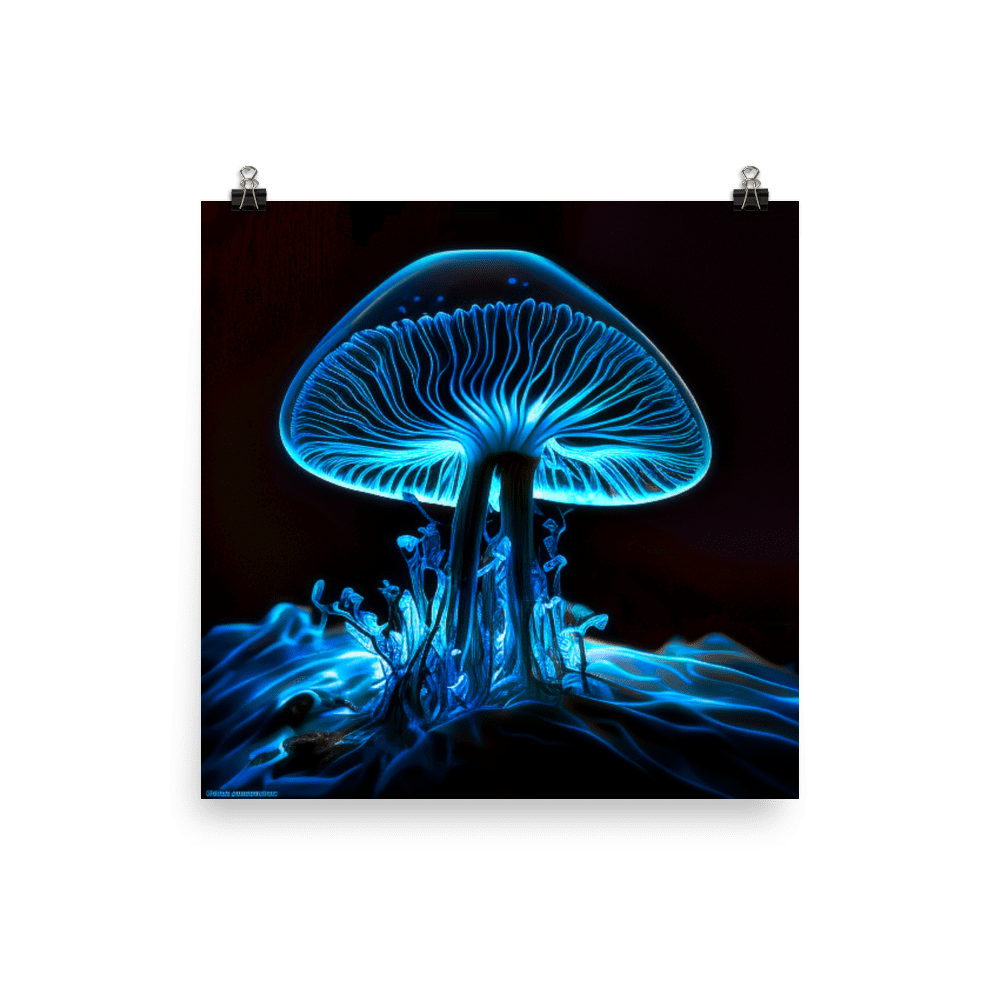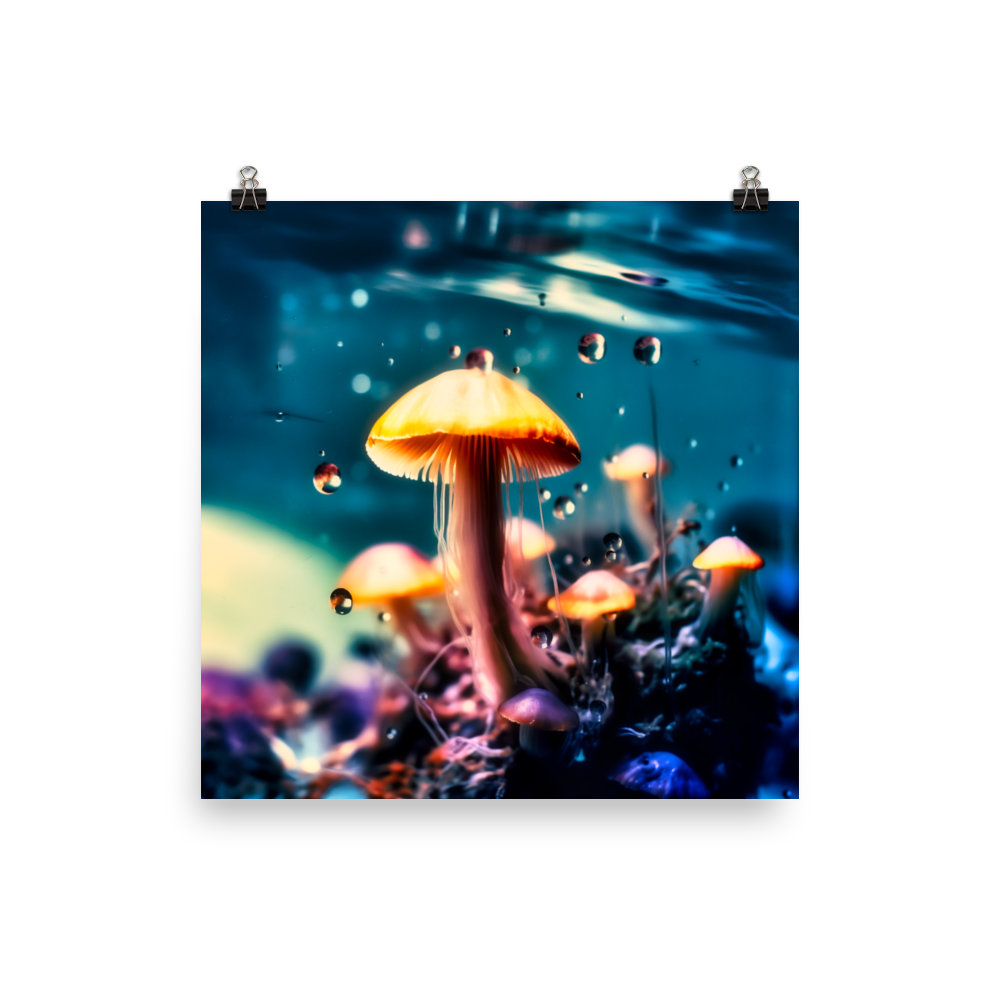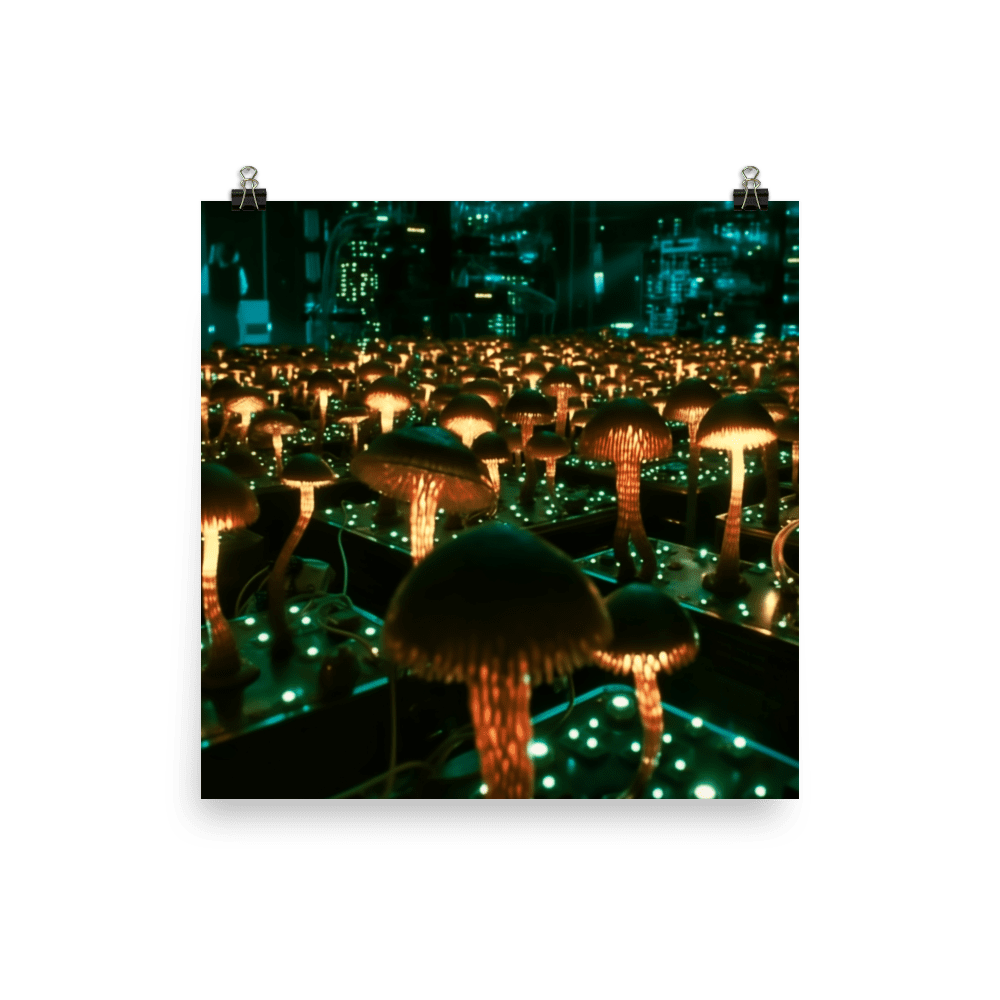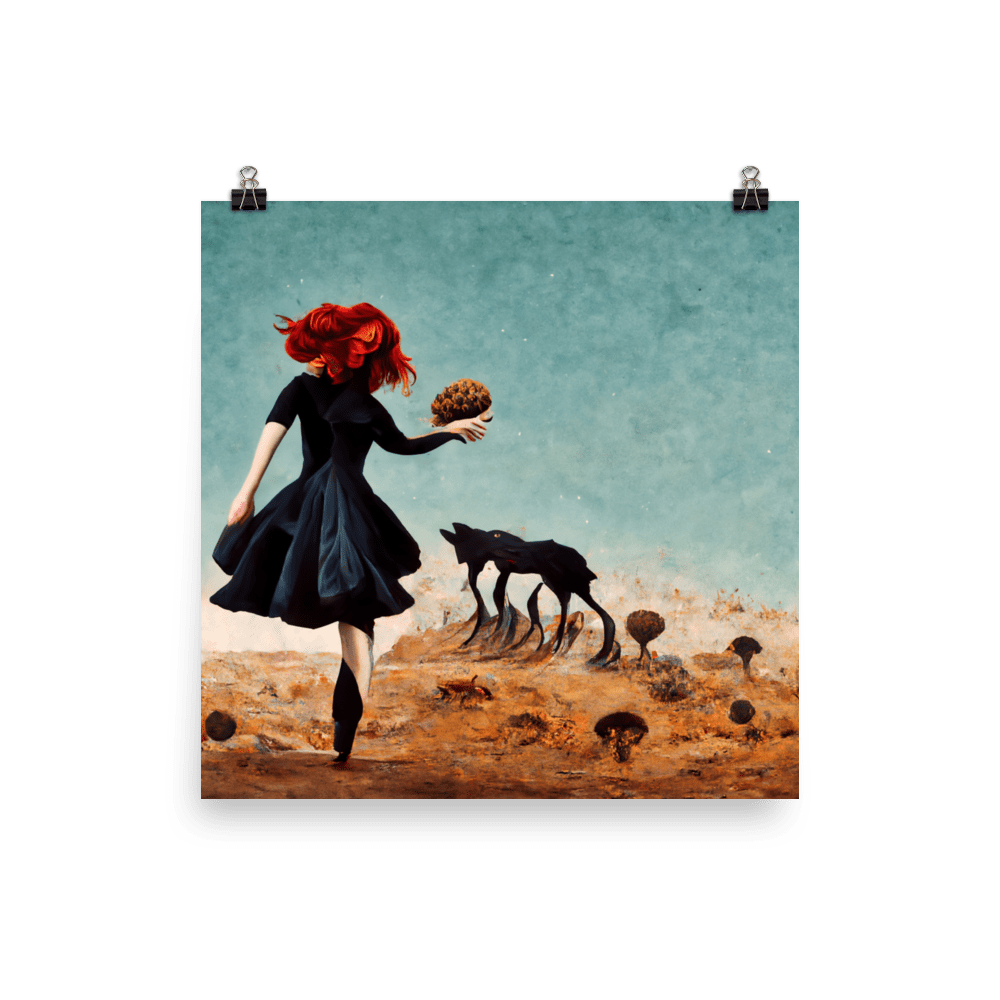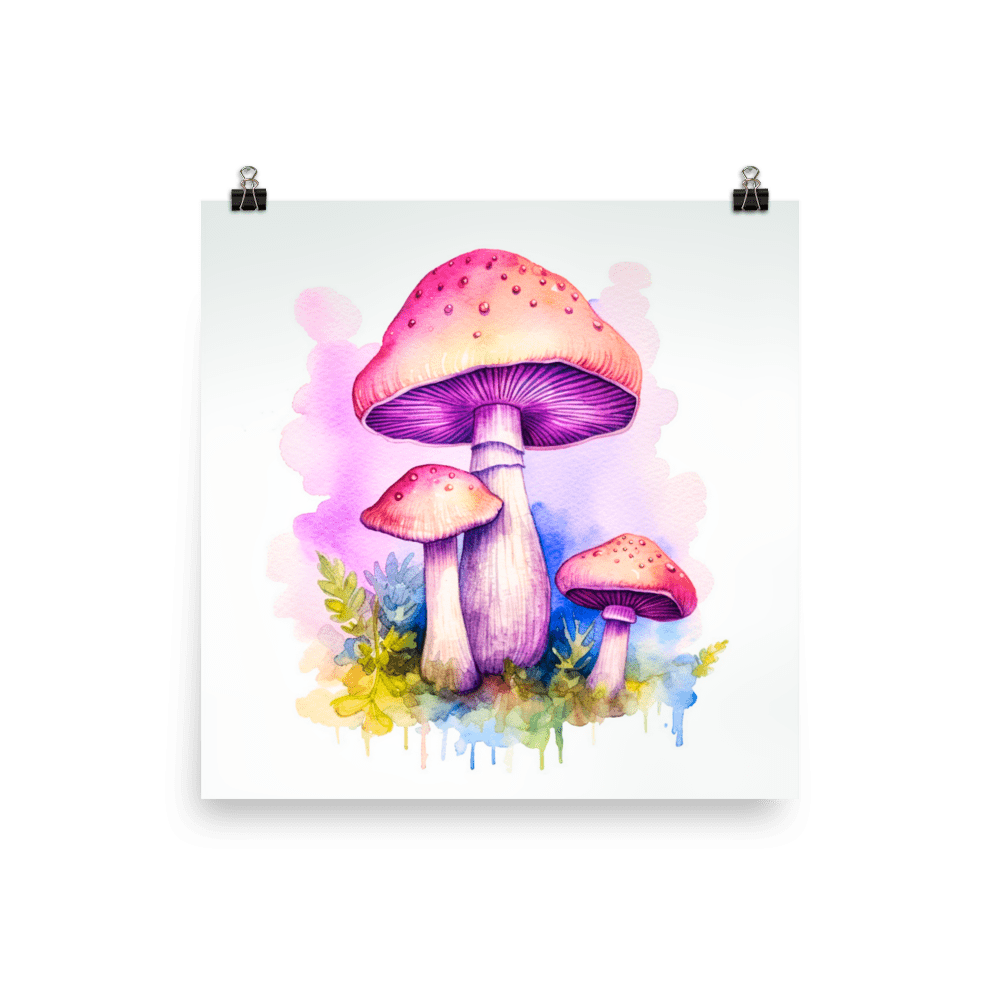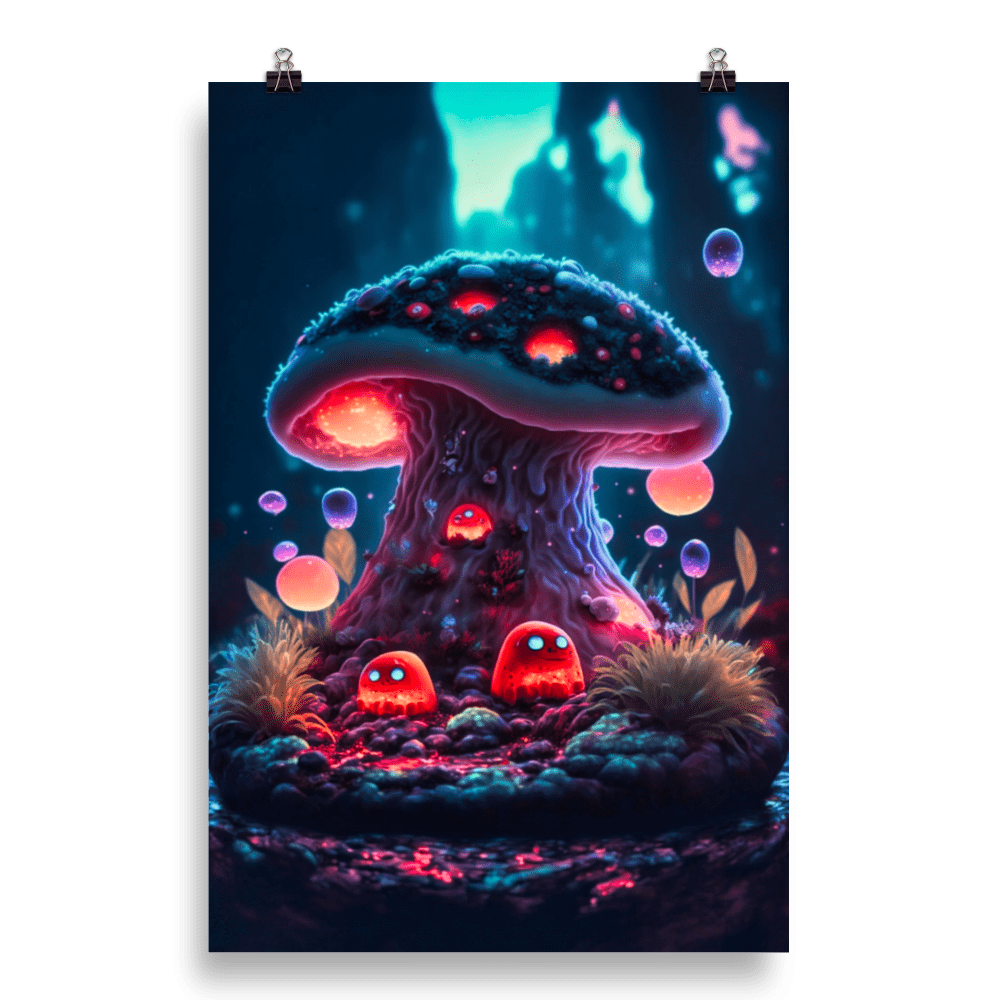South America’s Shrooms
Psilocybin Mushroom Species
Climate

© Koppen-Geiger
There are mainly warm regions, but the continent can be divided into 4 zones: tropical, temperate, arid and cold. The largest climatic zone is the tropical wetland, where savannas and rain forests can be found. It’s hot and it rains all year round. The largest rainforest in the world is located here, the Amazon rainforest, which covers more than 5,179,976 square kilometers.
Average annual temperatures in the Amazon basin fluctuate around 27 ° C (81 ° F), with low thermal amplitudes and high rates of precipitation.
The central-eastern plateau of Brazil has a warm and humid tropical climate. The northern and eastern parts of the Argentine pampas have a humid subtropical climate with dry winters and humid summers, while the western and eastern areas have a dinaric-type subtropical climate.
The distribution of rainfall is related to the regime of winds and air masses. The Pacific coast of Colombia and northern Ecuador have the most rainfall, and the Atacama Desert is one of the driest regions in the world.
South America is one of the most biodiverse continents on earth and home to many unique species of fungi, plants, and animals. Unfortunately, many governments are in favor of deforestation and endanger the extremely high biodiversity (a large part of the earth’s species live here).
Psilocybin species sorted by Region
Conocybe
Conocybe is a genus of mushrooms with at least 243 other species.
They grow in the grasslands on dead moss, dead grass, sand dunes, rotten wood and manure. Conocybe species generally prefer fertile soils in turf and grasses and are found all over the world. Most have a long, thin, fragile stem and a bell-shaped or conical tip. It is easy to confuse species of Conocybe with species of Galerina & Bolbitius unless the microscopic properties are studied.
Conocybe filaris is a common lawn fungus that contains the same deadly toxins as the death cap.
Conocybe comes from the Greek cone for cone and cybe for head.
Conocybe kuehneriana
-if you have infos, please tell me
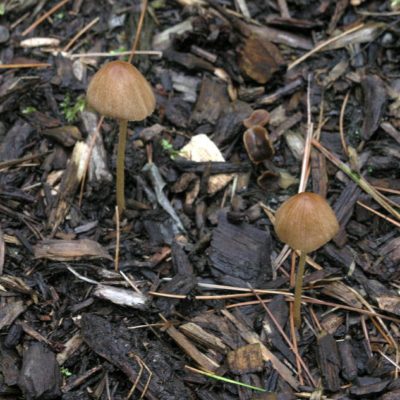

© Douglas Smith
Dictyonema
Dictyonema is a diverse group of lichens. There are species with a variety of different shapes, including foliose, crustose and filamentous. Most species grow on earth, stone, moss or rotten tree trunks, one species grows on tree leaves.
Many lichens are a symbiosis between an ascomycete fungus and a photosynthetic green alga. However, a small percentage of lichens (around 10%) are cyano lichens and contain a photosynthetic cyanobacterium instead of green algae and an even smaller percentage (less than 1%) are basidiolic and contain a basidiomycete fungus instead of an ascomycete. This makes Dictyonema more mushroom related than most other lichens.
Dictyonema huaorani
Natural habitat:
-only known specimen, which is psychedelic
-it grows on rotten wood near the Quiwado and Tiwaneo Rivers in Napo State
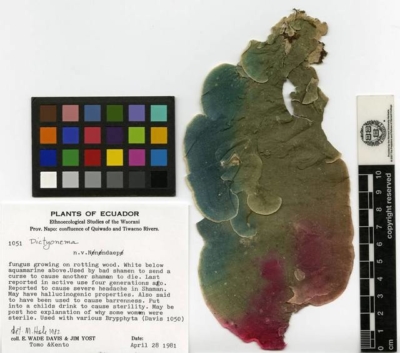
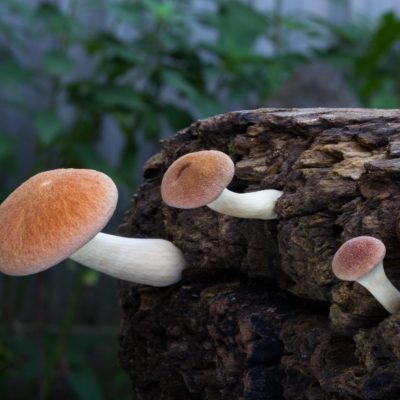
© Danny Newman
Gymnopilus
Gymnopilus is a genus of gill fungi within the Strophariaceae mushroom family that contains about 200 species of rusty orange spored mushrooms, previously divided into Pholiota and the nonexistent genus Flammula. The fruiting body is typically reddish brown to rusty orange to yellow, medium to large in size, often with a well developed veil. Flammulina lives on deadwood, earth, raw humus, peat, charred wood and burned lands. One kind populates pastureland. They rarely grow in large quantities, they can be parasitic on the roots or base of tree trunks. Members of Pholiota and Cortinarius are easy to confuse with Gymnopilus and Galerina, which contain poisonous and deadly species.
The name means naked pileus.
Gymnopilus purpuratus
Natural habitat:
-dead hardwood & cornifiers
-small clusters, lonely or grouped
-consequent decomposer


© Mycellenz, Lord Mayonnaise
Gymnopilus spectabilis
Natural habitat:
Summer to autumn
-Mostly hardwood, rarely softwood
-old tree stumps, buried wood
– consequent decomposer / weakness parasite


Gymnopilus junonius

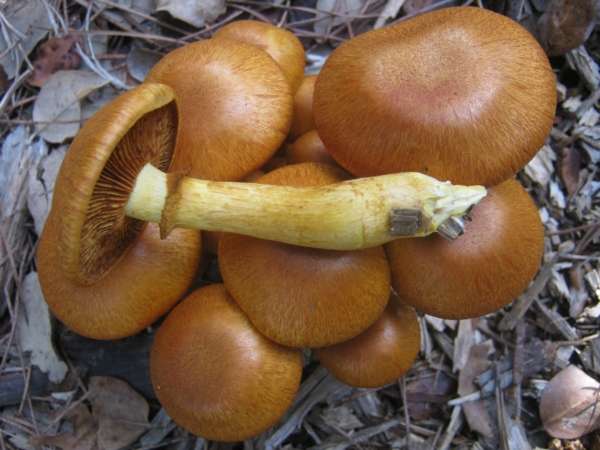
© Bernard Spragg
Panaeolus
Panaeolus are poisonous, saprotrophic fungi related to Bolbitiaceae. The body of the fruit is usually brown, the cap is conical, flared to hemispherical in shape, and sometimes also spreads when fully developed. The stem sits in the center of the hat and, with the exception of Panaeolus semiovatus, has no ring.
The word Panaeolus is Greek and means “all colorful” and refers to the stained gills of the mushrooms produced. The spores are smooth or rough, with a germinal pore, and all species, except Panaeolus foenisecii, have a deep black spore print.
Panaeolus always occur in grasslands with manure deposits. Due to these location requirements, fertilizers are widespread in rangelands in all areas where livestock are raised. Almost all fungi in the Panaeolus genus contain serotonin, urea, and tryptophan. Some species also contain the psychoactive indole alkaloids psilocybin and psilocin.
These fungi are primarily dung and grassland species, some of which are widespread in Europe and North America.
Members of Panaeolus can also be confused with Psathyrella, however the latter genus generally grows on wooden or lignin-enriched soils and has brittle stems.
Panaeolus cambodginiensis
Natural habitat:
Spring & during rainy seasons
-grows on the dung of water buffalos
-dispersed to gregarious
-strongly bluing
-Manure & enriched soil
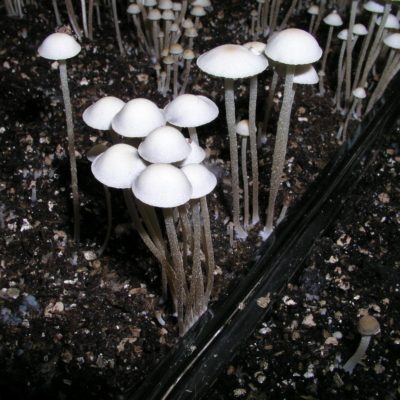
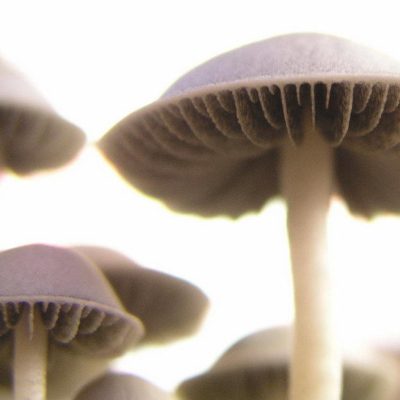
Panaeolus cinctulus
Natural habitat:
Spring to fall, abundantly after rain
-common, widely spread
-grows lonely to gregarious, also chubby
-on compost heaps, well-fertilized lawns & gardens
-also directly on horse manure


© Juan Carlos Pérez Magaña, Rocky Houghtby
Panaeolus fimicola
Natural habitat:
During/after cold rain
-found growing solitary to scattered
-in soil or dung
-fertilized lawns and other grassy places
-Saprotroph


© James Lindsey
Panaeolus olivaceus
Natural habitat:
late summer through december
-scattered to gregariously
-in rich grassy area
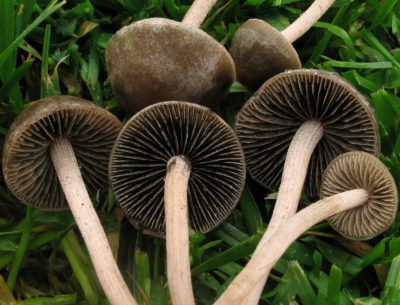
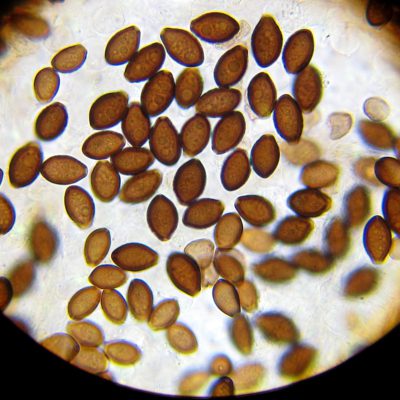
© Byrain
Panaeolus cyanescens

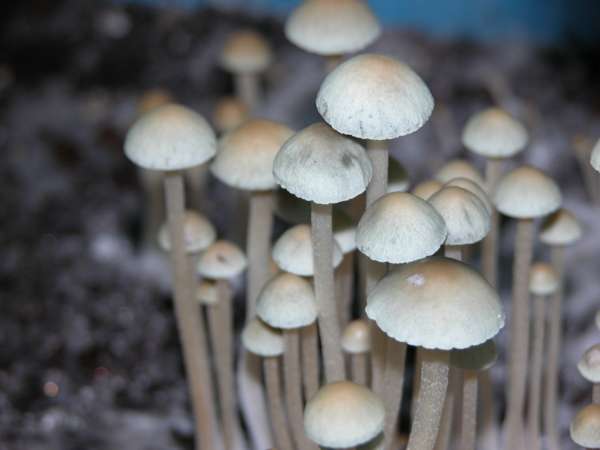
© Alan Rockefeller
Pluteus
Pluteus is a large genus of fungi with more than 300 species.
The hat is always flat-convex, but never deepens or funnel-shaped. The stem is in the middle of the hat and can be easily separated from it. At the base it is plump to bulbous, but never bulbous with an edge. The spore powder is deep pink in color and soon gives the initially pale gills a pinkish tinge. The gills are free from the stem. There is neither veil nor ring.
Pluteus glaucotinctus sensu lato
-if you have infos, please tell me
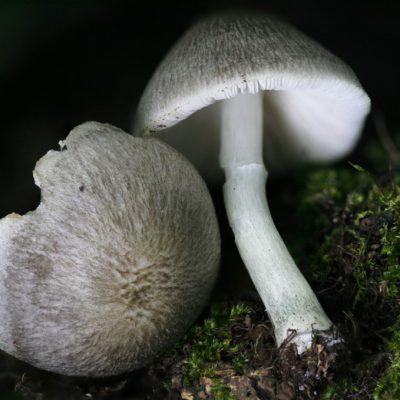
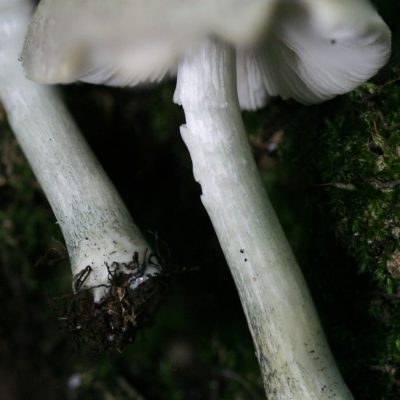
© Pulk
Pluteus nigrolineatus
Natural habitat:
-if you have more info, please tell me
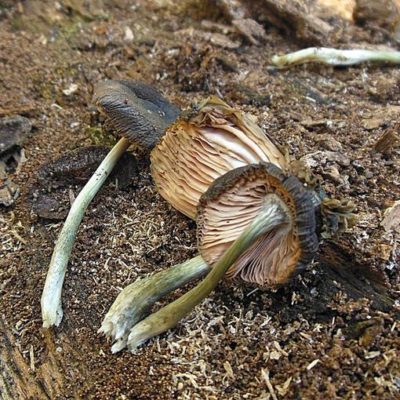
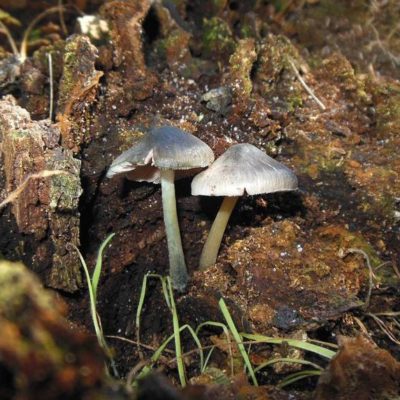
© Midnight
Pluteus glaucus
Psilocybe
Psilocybe forms small to medium-sized, yellowish-brown to brown fruiting bodies divided into a cap and stem with a pointed bell-shaped or hemispherical cap, often characteristic. The hats are mostly brown with sometimes blue tints; they are mostly hygrophanous. They are thin and generally sticky to greasy. The name bald head is derived from the smooth surface of the hat. It is rarely also faintly velvety.
The beige lamellae have initially grown widely on the handle, sticking or running down the handle with a tooth. They are usually wide and distant or narrow. They later turn red to dull brown or quickly black. Sometimes they also have purple hues. The cylindrical style is slim and central. The handle, sometimes also the hat, turns black, bluish-black, blue or greenish in color when dried. Sometimes there is a veil. It is found on the hat and stem, sometimes lining the brim of the hat or forming a ring zone on the stem.
The smell is insignificant or farinaceous, sweetish in some species. The taste is also negligible to that of flour, but it is rarely bitter as well. The color of the spores varies from purple-brown to dark purple-brown and rust-colored.
Ecologically, all psilocybe species are saprotrophs that grow in soil, straw, wood chips, peat, and debris. Species that parasitize moss are rare.
Psilocybe acutipilea
Natural habitat:
-if you have more info, please tell me
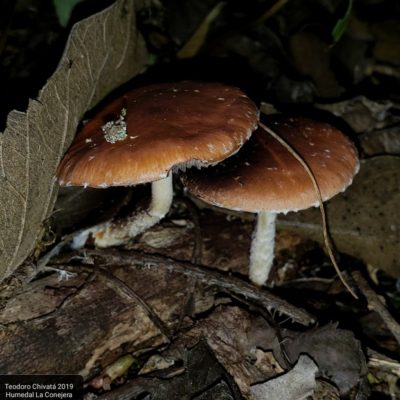

© Teodoro Chivata Bedoya
Psilocybe aerugineomaculans
Natural habitat:
-if you have more info, please tell me


© ranjini
Psilocybe alutacea
Natural habitat:
Late summer to late autumn
-in mountain areas over 1200 m
-lime-rich soil
-warmth-loving
-consequent decomposer


© Bob, David Lucas
Psilocybe aztecorum
Natural habitat:
Summer to autumn
-near rivers, streams and gorges
-in damp and shady, oak and pine forests or cloud forests
-consequent decomposer


Psilocybe banderillensis
-if you have more infos, please tell me


© Alan Rockefeller
Psilocybe banderillensis var. paulensis
Natural habitat:
-if you have more info, please tell me

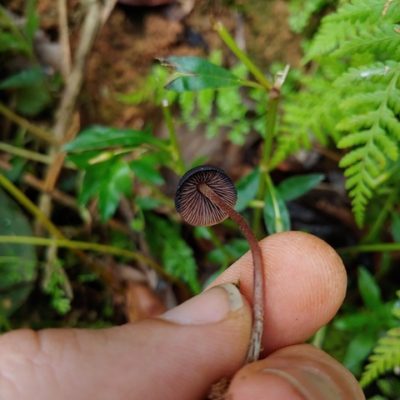
© kurt miller
Psilocybe caeruleoannulata
Natural habitat:
Summer to autumn
-Mostly hardwood, rarely softwood
-old tree stumps, buried wood
– consequent decomposer / weakness parasite


Psilocybe caerulescens
Natural habitat:
Late summer to late autumn
-in mountain areas over 1200 m
-lime-rich soil
-warmth-loving
-consequent decomposer
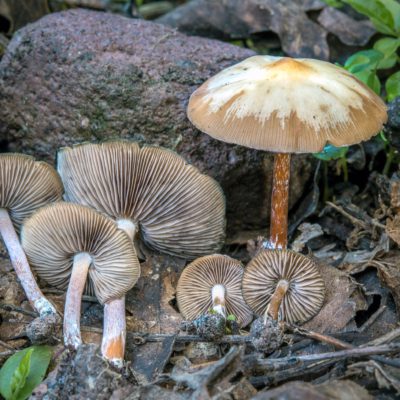
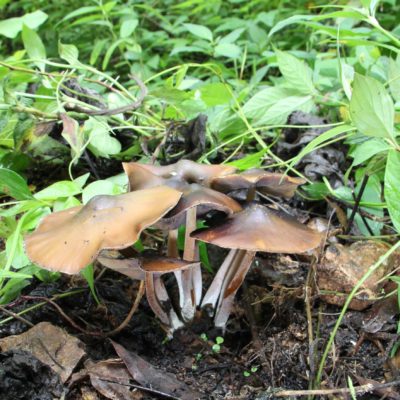
Psilocybe sect. cordisporae
Natural habitat:
-if you have more info, please tell me


© Alan Rockefeller
Psilocybe cubensis
Natural habitat:
Summer to late autumn
-Animal droppings, in nutrient-rich places
-on naturally fertilized meadows
-consequent decomposer


© Zergboy, Alan Rockefeller
Psilocybe cyanescens
Natural habitat:
Late summer to late autumn
-Deciduous forest, alluvial forest on dead wood & humus
-Lime rich soil & gardens
-strong
–consequent decomposer
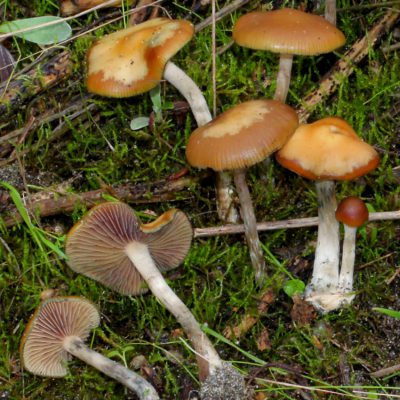

© Alan Rockefeller, Lukas
Psilocybe fimetaria
Natural habitat:
September to November
-grows solitary to sociable
-on horse or cow manure, in green spaces
-consequent decomposer
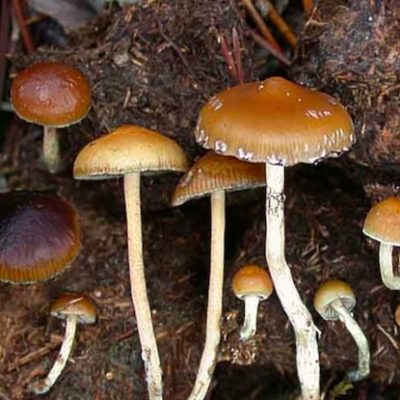
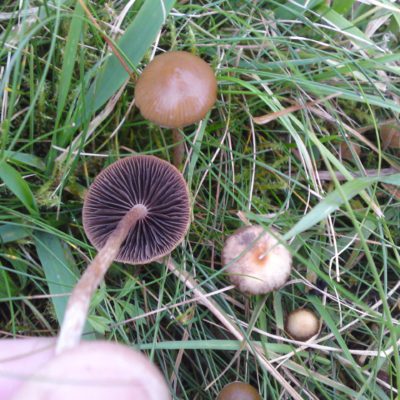
© Sil_wiegman, Andrew Tomlinson
Psilocybe hoogshagenii var. hoogshagenii
Natural habitat:

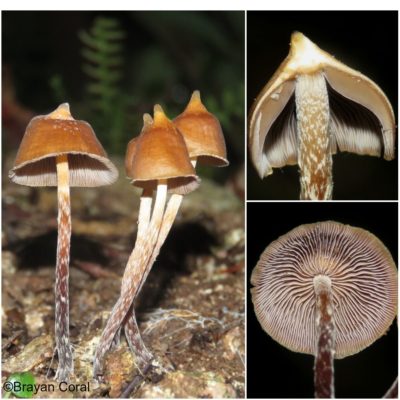
© Brayan Coral Jaramillo, Alan Rockefeller
Psilocybe mexicana
Natural habitat:
Late summer to late autumn
-in mountain areas over 1200 m
-lime-rich soil
-warmth-loving
-consequent decomposer
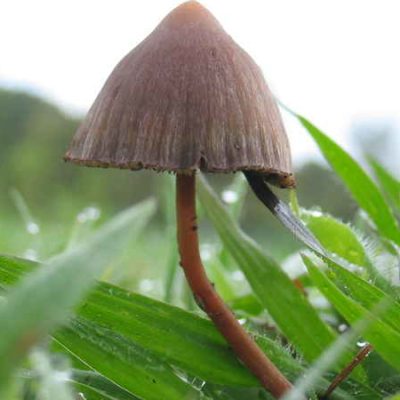
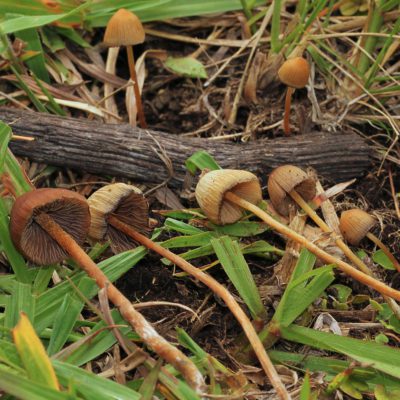
© Cactu, Alan Rockefeller
Psilocybe muliercula
Natural habitat:
Late summer to late autumn
-in mountain areas over 1200 m
-lime-rich soil
-warmth-loving
-consequent decomposer


© A. Cortés-Pérez, Alan Rockefeller
Psilocybe semilanceata
Natural habitat:
Summer to late autumn
-Cow / sheep pastures, in grassy and nutrient-rich places
-on naturally fertilized meadows
-never straight from animal dung
-consequent decomposer
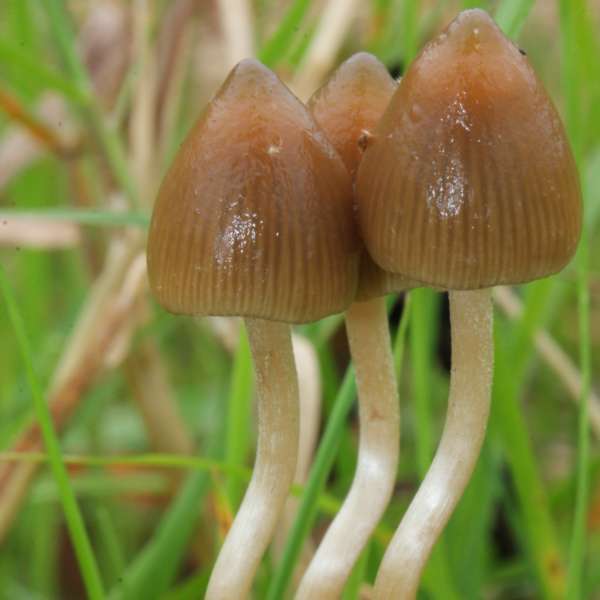

© Alan Rockefeller, Koń
Psilocybe subcubensis
Natural habitat:
Late summer to late autumn
-in mountain areas over 1200 m
-lime-rich soil
-warmth-loving
-consequent decomposer


© Marcelo
Panaeolus tropicalis
Natural habitat:
summer to late autumn
-grows on dung
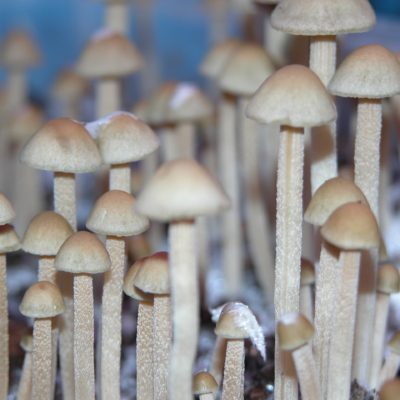

© Alan Rockefeller
Psilocybe yungensis
Natural habitat:
Summer to autumn
-Mostly hardwood, rarely softwood
-old tree stumps, buried wood
– consequent decomposer / weakness parasite


Psilocybe zapotecorum
Natural habitat:
Summer to autumn
-near rivers, streams and gorges
-in damp and shady, oak and pine forests or cloud forests
-consequent decomposer

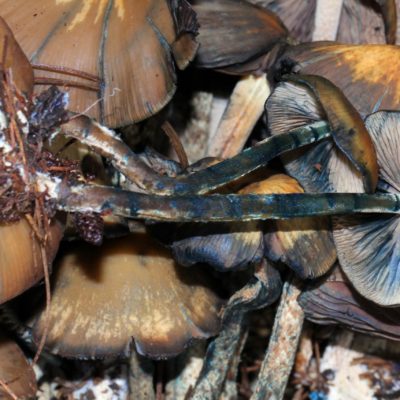
© Alan_Rockefeller
Psilocybe antioquiensis
Natural habitat:
May to October, monsoon season
-alone or in small groups
-clay or sandy soil
-on fields with cattle, horses, zebus or water buffalo dung
-fubtropical, humid
-1000-1600m altitude
Psilocybe araucariicola
Psilocybe blattariopsis
Psilocybe brasiliensis
Psilocybe cabiensis
Psilocybe carbonaria
Psilocybe collybioides
Psilocybe columbiana
Psilocybe farinacea
Psilocybe guatapensis
Psilocybe mammillata
Psilocybe meridensis
Psilocybe paulensis
Psilocybe paupera
Psilocybe pericystis
Psilocybe pintonii
Psilocybe semiangustipleurocystidiata
Psilocybe subovoideocystidiata
Psilocybe plutonia
Psilocybe sierrae
Psilocybe uruguayensis
Psilocybe rickii
Psilocybe subacutipilea
Psilocybe wrightii
Psilocybe liniformans var.americana
Natural habitat:
Summer to autumn
-single or tufts and lumps
-in horse manure or well-fertilized pastures and fields
© DH42



